It all began with two boxing promoters
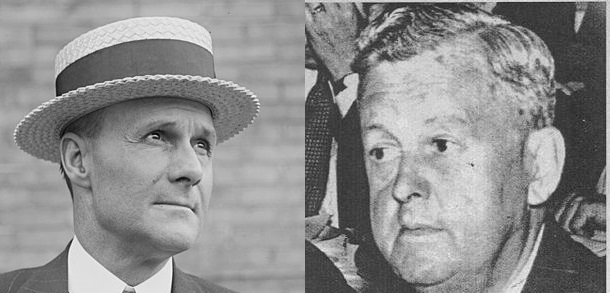
The son of Irish immigrants, Jess McMahon was born in 1882 and raised in New York City. He and his brother ran a successful boxing venue in Harlem before he met Texan boxing promoter George Lewis “Tex” Rickard in 1926. The duo worked together in boxing and wrestling promotion – though Rickard was never a fan of wrestling, and soon handed that side of his business over to McMahon alone.
The pair started working at Madison Square Garden III
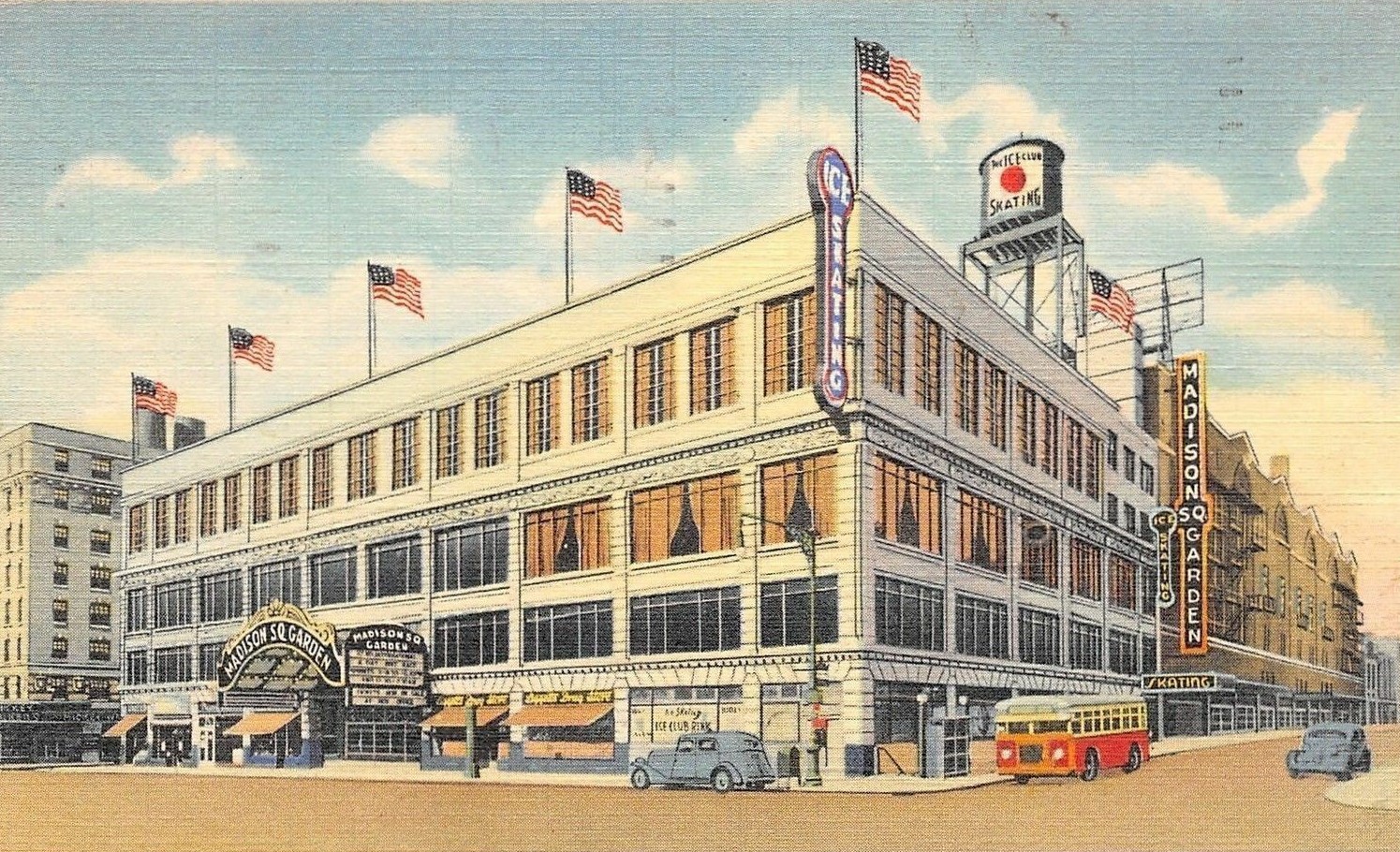
Despite Rickard’s dislike of wrestling, he eventually allowed McMahon to arrange wrestling events in his prize venue, Madison Square Garden III. There, McMahon found particular success with hiring wrestlers of Italian and Puerto Rican descent. This iconic venue was sadly closed and demolished in 1968.
Toots Mondt invented a new style of wrestling
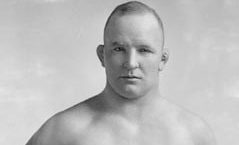
In the 1920s, wrestler Toots Mondt invented a new version of the sport that he named ‘Slam Bang Western Style Wrestling’. This was a story-based, theatrical performance with moves adapted from Greco-Roman boxing and wrestling. Jess McMahon seized upon the potential of this new style and became one of Mondt’s biggest allies in the industry.
The Gold Dust Trio was formed
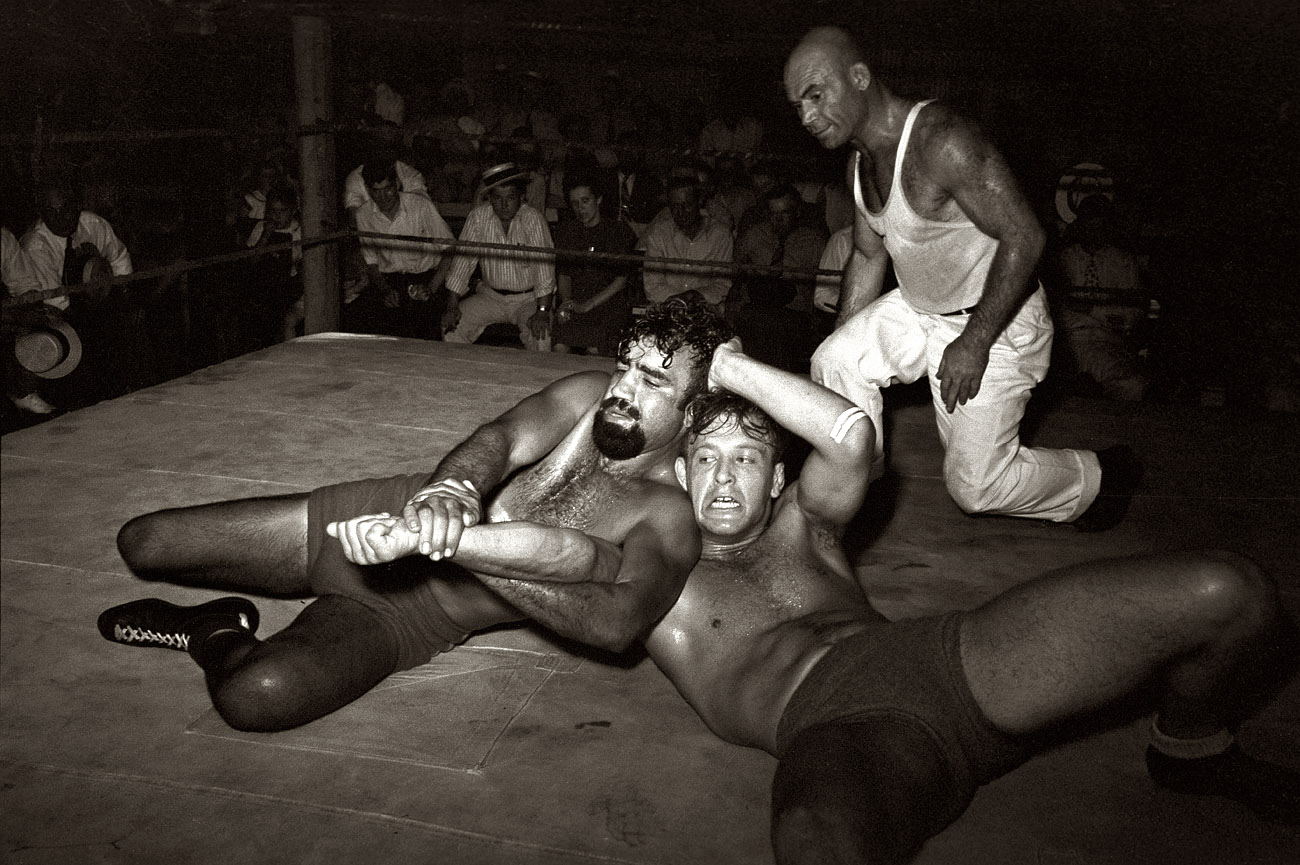
Following his own successful wrestling career, Toots Mondt became a promoter. He worked closely with World Heavyweight Champion Ed ‘Strangler’ Lewis, plus Lewis’ manager Billy Sandow. The three ended up as the most prominent and powerful promoters in the whole industry and were later dubbed the Gold Dust Trio.
Jack Pfefer gave the game away
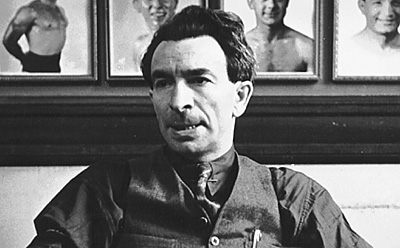
Unfortunately, the Gold Trio hadn’t accounted for a particular betrayal. One promoter named Jack Pfefer, once one of their closest colleagues, told local sports writers that the outcomes of the new wrestling style matches were predetermined. This was a major blow to Mondt’s reputation in the 1930s, and he was soon on the lookout for a reparative business opportunity.
No one knows who founded the Capitol Wrestling Corporation
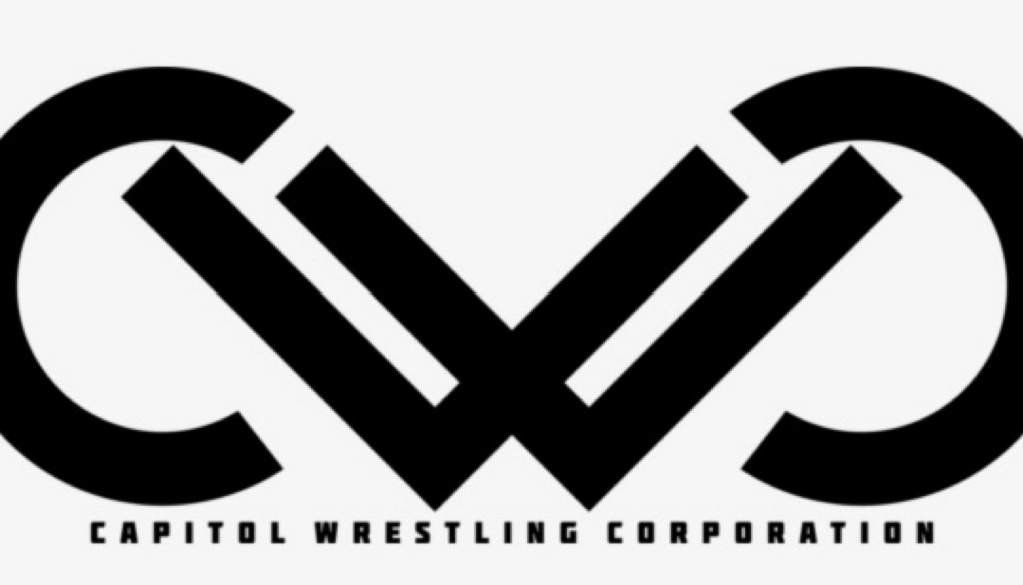
1953 saw the very first use of the Capitol Wrestling Corporation banner at any show. This company would eventually become WWE. Historians are divided over whether Jess McMahon or his son, Vincent J. McMahon, first created Capitol and signed it up to the National Wrestling Alliance.
Vincent J. McMahon and Toots Mondt ran the scene
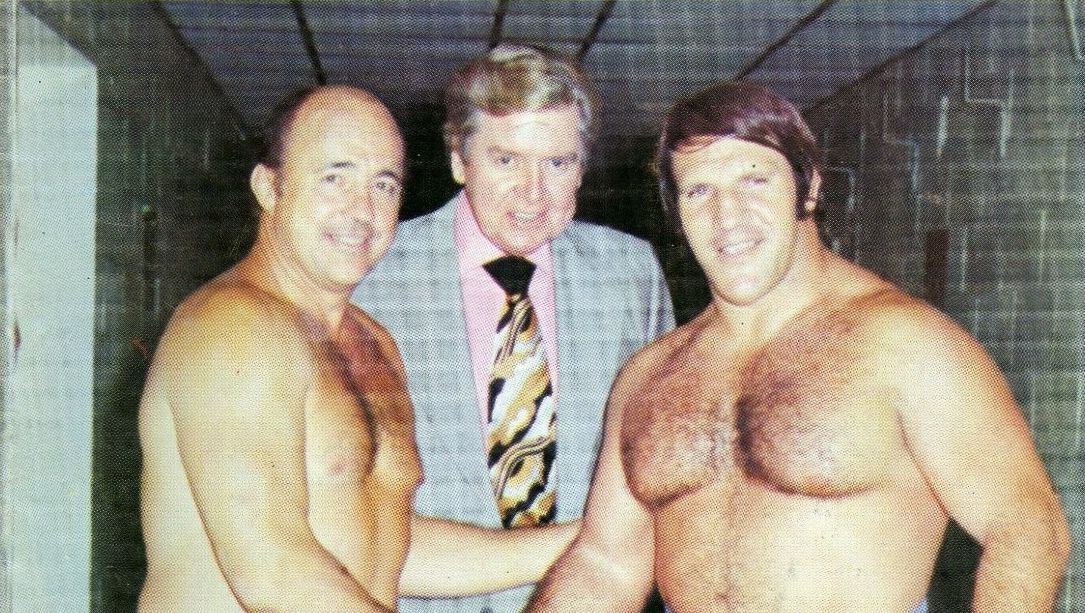
Regardless of whether the older or younger McMahon founded Capitol, Toots Mondt and Vincent McMahon were soon running the company and making a huge success of it. They found themselves with total control of around 70% of the National Wrestling Alliance’s booking decisions, which is a huge majority.
Willie Gilzenberg was the diplomatic brain behind the company
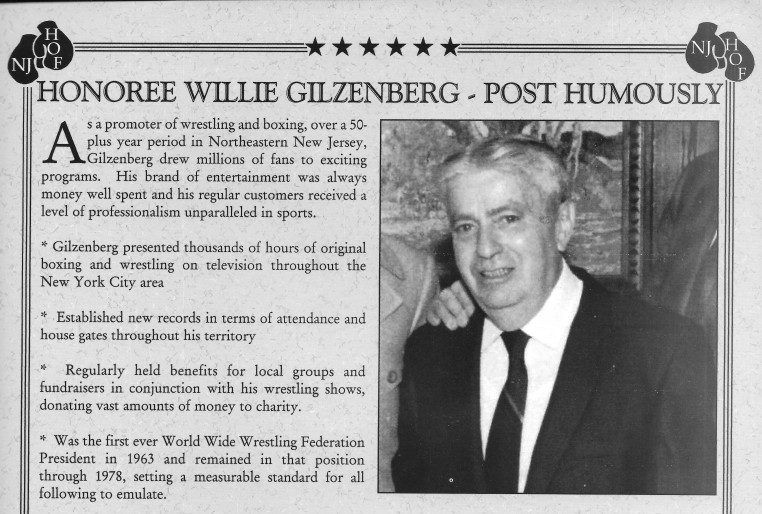
In 1963, Willie ‘The Beard’ Gilzenberg was named President of the Capitol Wrestling Corporation. A talented mediator with a knack for democracy, Gilzenberg worked tirelessly behind the scenes to recruit New York promoters and arrange for the very best television spots. He remained president until he passed away in 1978.
The first WWWF World Heavyweight Championship was a lie
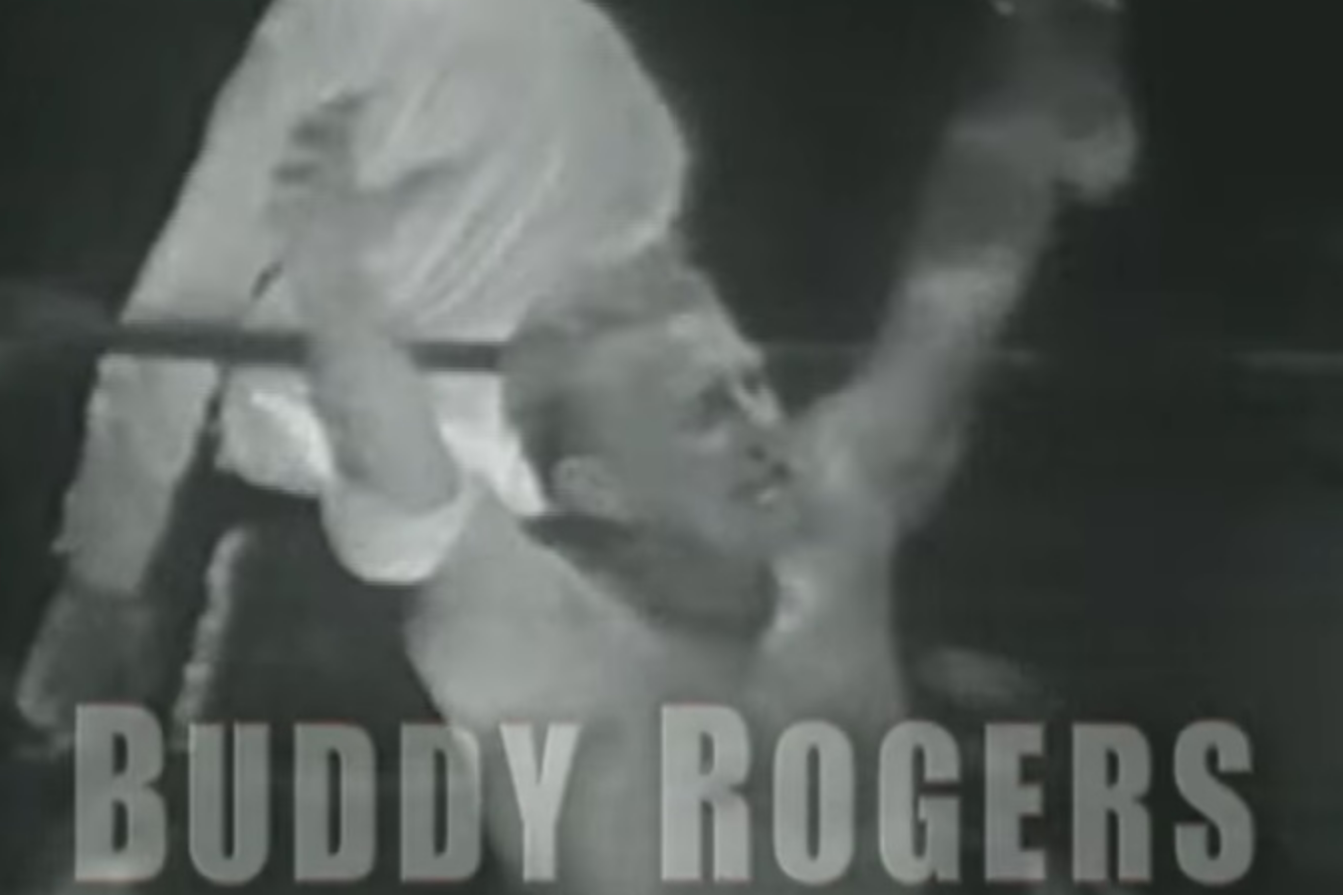
In 1963, Mondt and McMahon withdrew from the NWA and formed the World Wide Wrestling Federation (WWWF). For their new company’s first World Heavyweight Champion, they settled on Buddy Rogers – despite the fact that Rogers had just lost the NWA World Heavyweight Championship to Lou Thesz. They picked Rogers because they felt he would attract more fans.
The Buddy Rogers lie had many layers
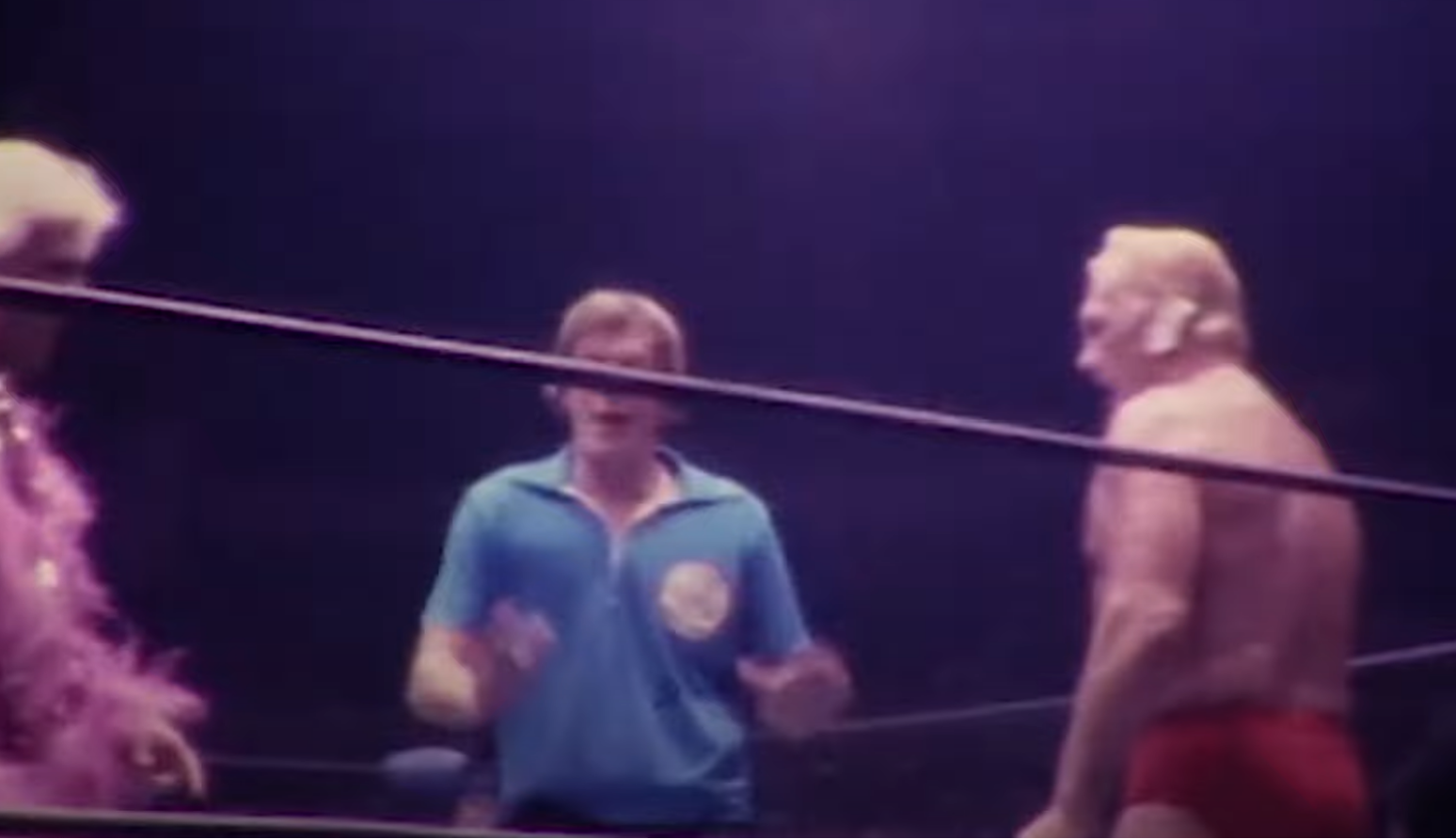
To boost the idea of Buddy Rogers as a champion, the newly-formed WWWF declared that Rogers had recently won a tournament in Brazil, though this tournament never took place. Roger was suffering severe medical problems and experienced a mild heart attack in 1963. To conceal his ill health, WWWF put him into an ultra-short 48-second match against Bruno Sammartino later that year.
Early shows were few and far between
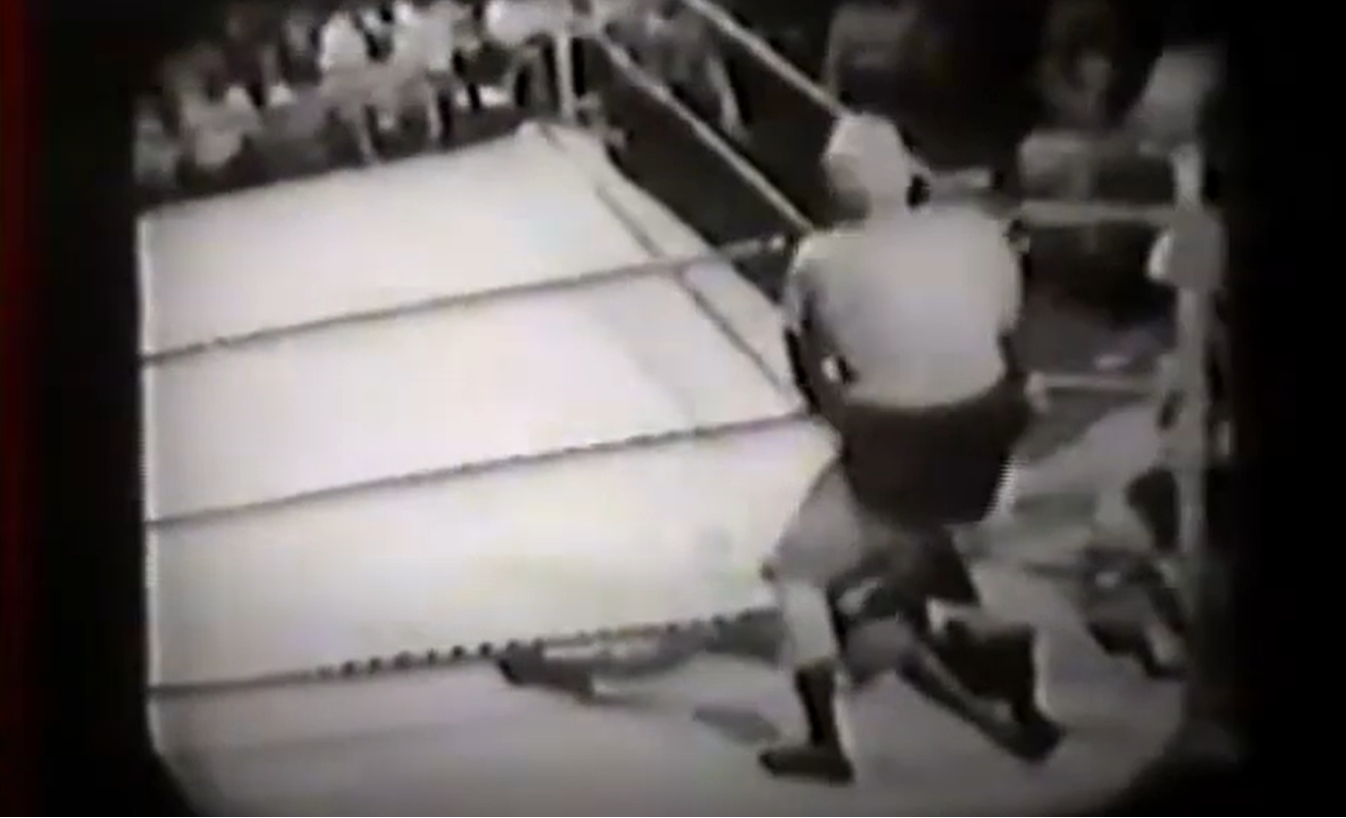
In the world of wrestling promotion, the ferocity of competition between promoters sometimes far outstrips the tension of the actual fights. Other wrestling promotions tended to run weekly or biweekly events. However, WWWF broke tradition by running arena events on a monthly basis instead, a choice that appeared to pay off financially.
Toots Mondt struggled with a gambling addiction
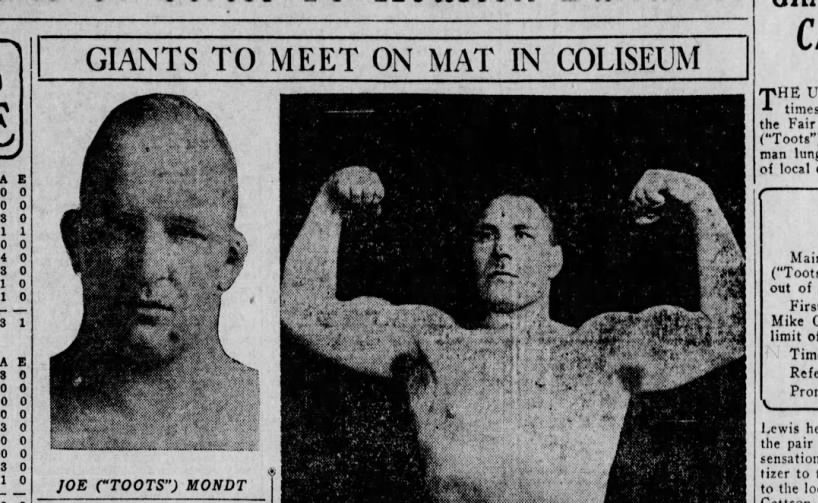
Toots Mondt (pictured left) was a central figure in the Capitol empire, but he was battling his own demons. Mondt reportedly suffered from a gambling addiction as well as poor financial management, which saw him squander his opportunities in the wrestling world. He was reportedly pushed out of Capitol leadership in the 60s and was reduced to just another salaried employee.
The dynasty continued with Vincent’s son
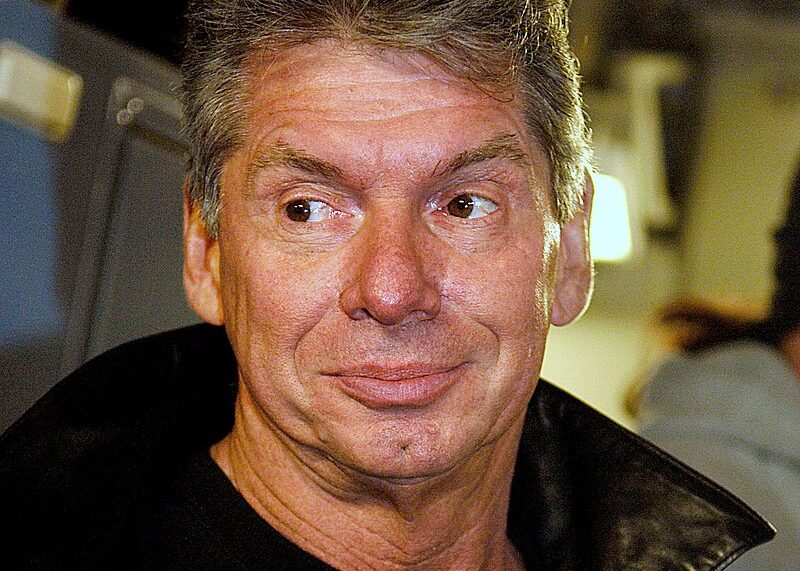
Vincent J. McMahon had a son named Vincent K McMahon Jr who, together with his wife Linda, formed a company named Titan Sports. In 1982, he bought WWF from his father and became a joint owner along with Gorilla Monsoon, Arnold Skaaland and Phil Zacko.
Vincent K McMahon Jr quit the NWA and started a new regime
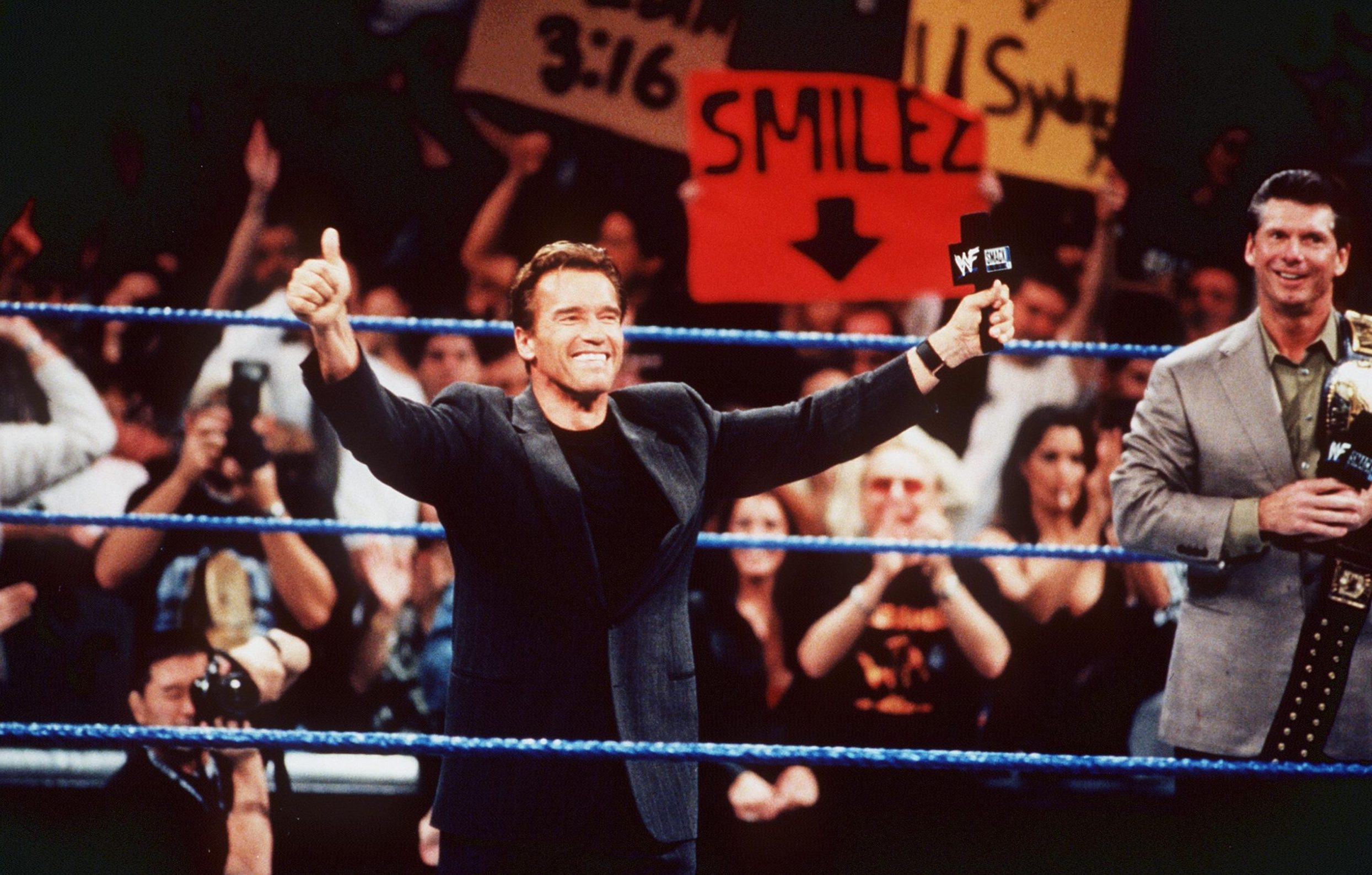
WWWF rejoined the NWA in 1971 but, in a series of sweeping changes, Vincent K McMahon Jr (pictured right) bought the business out of the NWA again. He began an aggressive campaign to lure talent away from rival promoters, a move that disrupted the territorial system of promotion in the USA.
McMahon Jr was controversial but determined
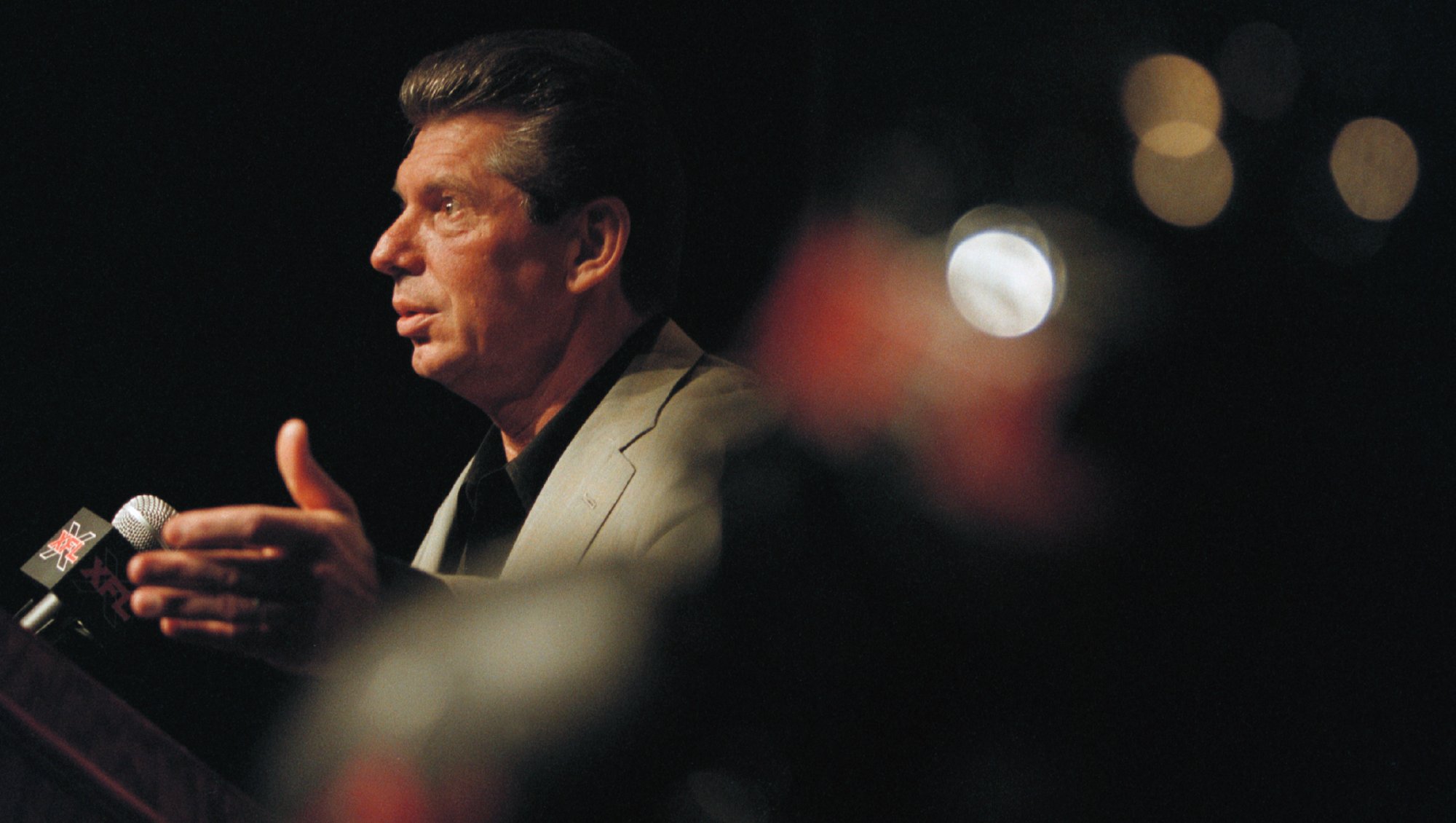
McMahon Jr was unfazed by the criticism he received for changing the promotion system. “In the old days, there were wrestling fiefdoms all over the country, each with its own little lord in charge,” he has said. “… There were maybe 30 of these tiny kingdoms in the U.S. and if I hadn’t bought out my dad, there would still be 30 of them, fragmented and struggling. I, of course, had no allegiance to those little lords.”
Vincent J. McMahon died in 1984
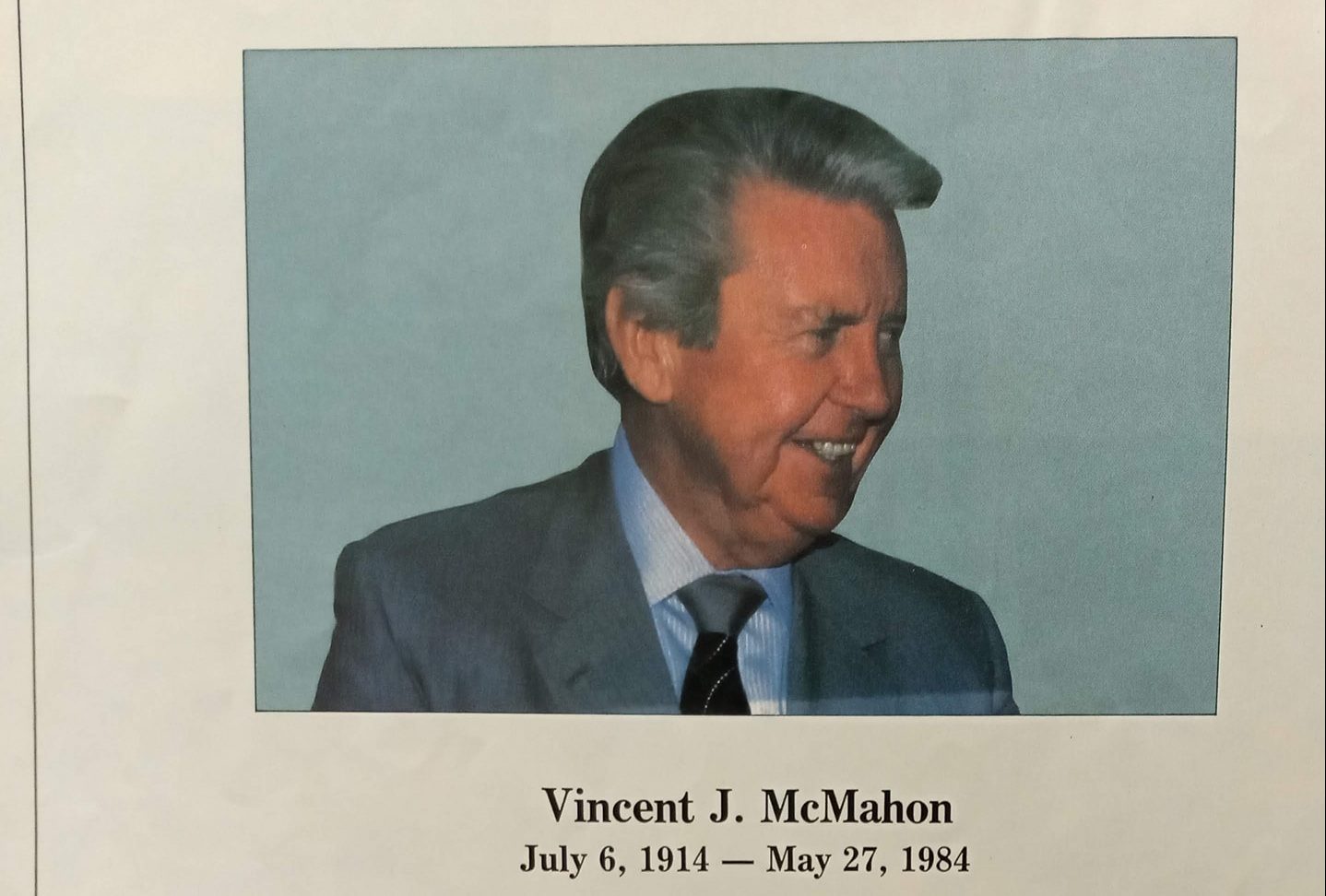
In a tragic twist, Vincent J. McMahon never lived to see his son’s global successes with WWF, nor the fruits of his own labour. He passed away from pancreatic cancer in 1984 at the age of 69. He outlived his long-time business partner Toots Mondt, who died in 1976 at the age of 82.
McMahon pushed to get WWF onto all US syndicated television
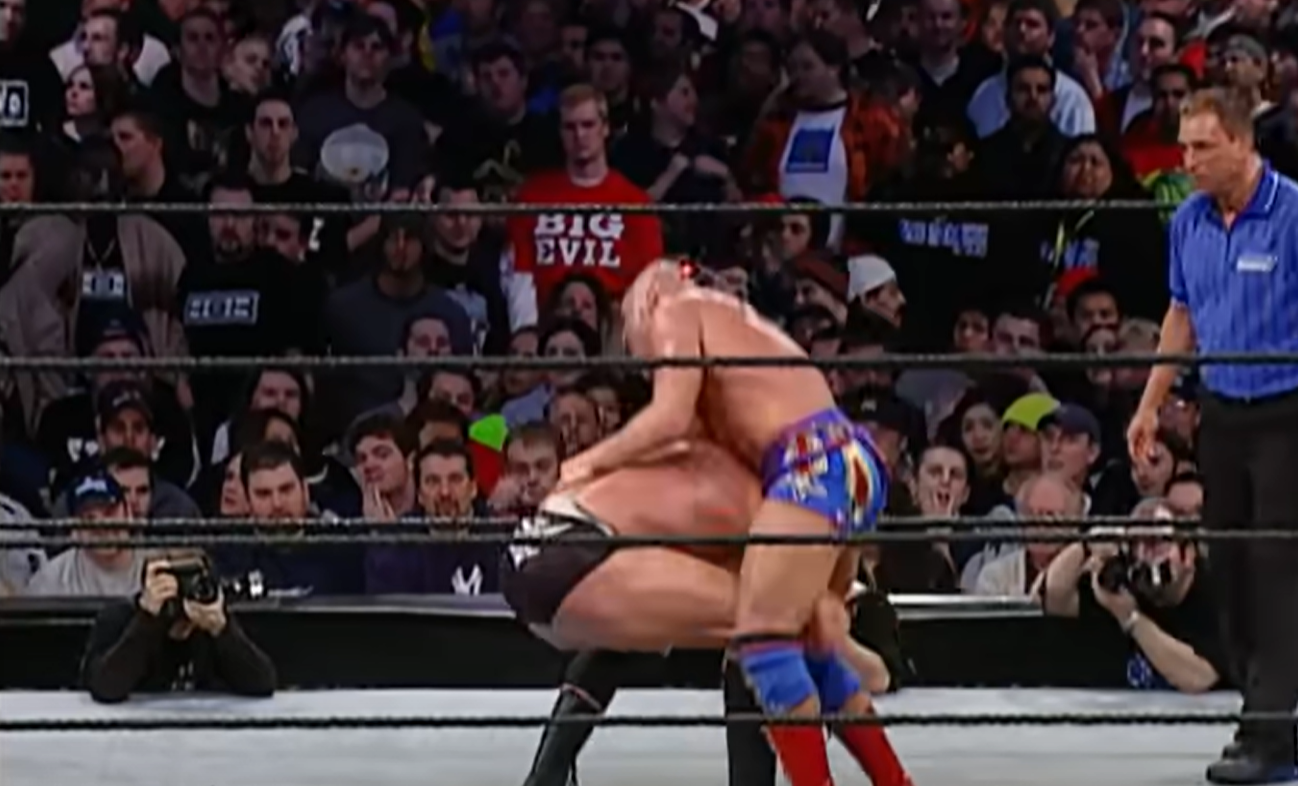
McMahon Jr also campaigned relentlessly to put WWF on syndicated television in all US states. This move was important for cutting red tape and taking WWF fights to new heights of popularity. He would routinely out-bid other wrestling programmes to grab the desired timeslot, which in turn helped drive interest in his live shows.
WrestleMania was a radical innovation
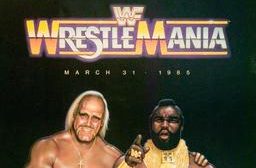
WrestleMania first premiered in 1985, and it was originally staged at Madison Square Garden. The first stars to feature in this game-changing event were Hulk Hogan, Mr. T, Jimmy Snuka, Roddy Piper, Paul Orndorff and Cowboy Bob Orton. In 2024, the 40th edition of WrestleMania will be broadcast.
Hulk Hogan became WWF’s biggest star
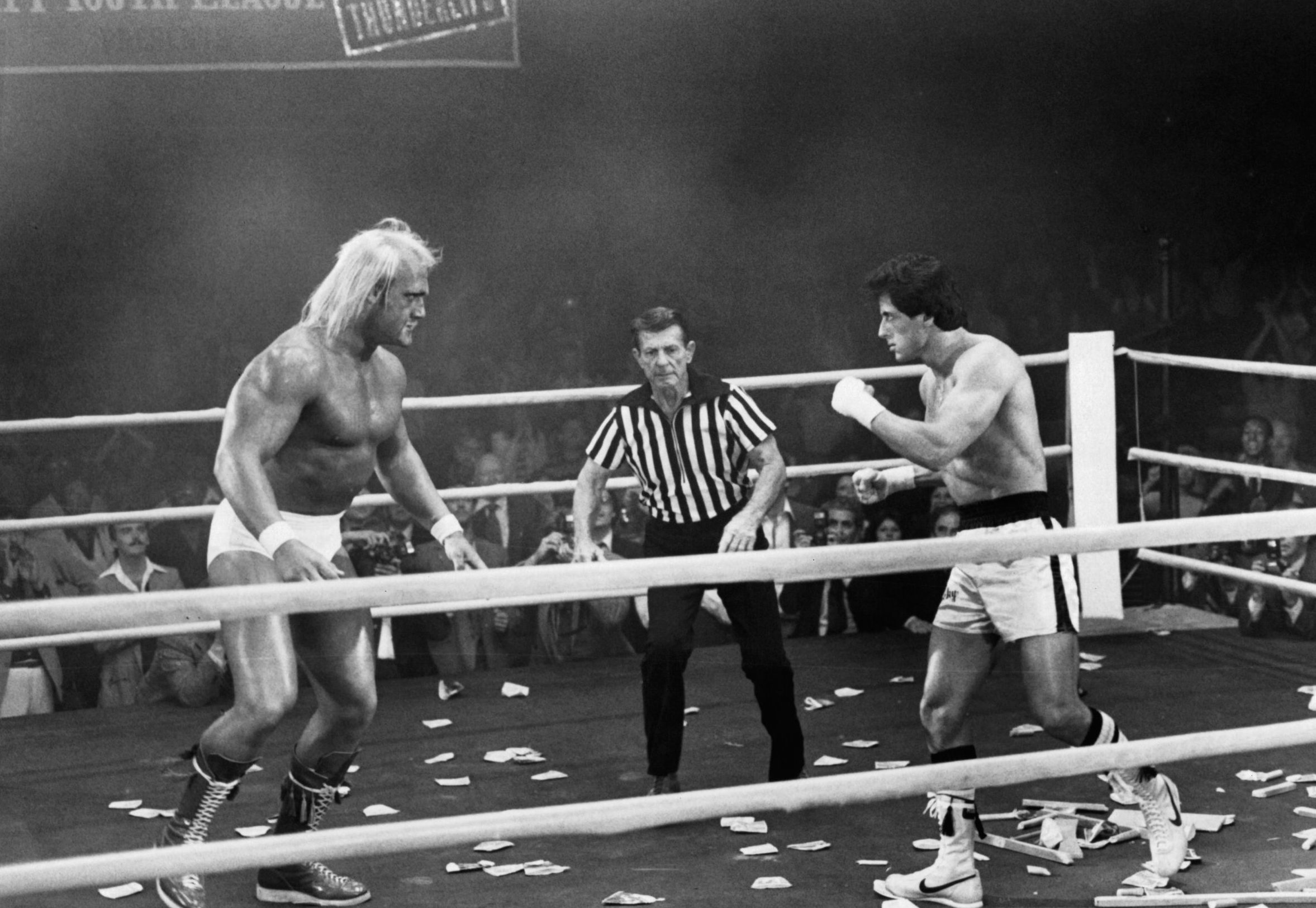
Hulk Hogan, pictured here in his cameo from Rocky III, was born in 1953 and became the most famous face in wrestling in the 80s. In a career that began in 1977, he found major success after signing with WWF and transforming into their all-American champion.
1988 saw the most-watched wrestling match in US TV history
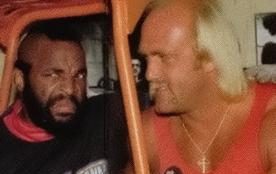
WWF boasts the most-watched wrestling match televised in US history. In 1988, a rematch for WrestleMania III took place and was aired on The Main Event. The competitors, Hulk Hogan and French star André the Giant, managed to draw a total of 33 million people to the small screen that evening.
It wasn’t just for traditional wrestling fans
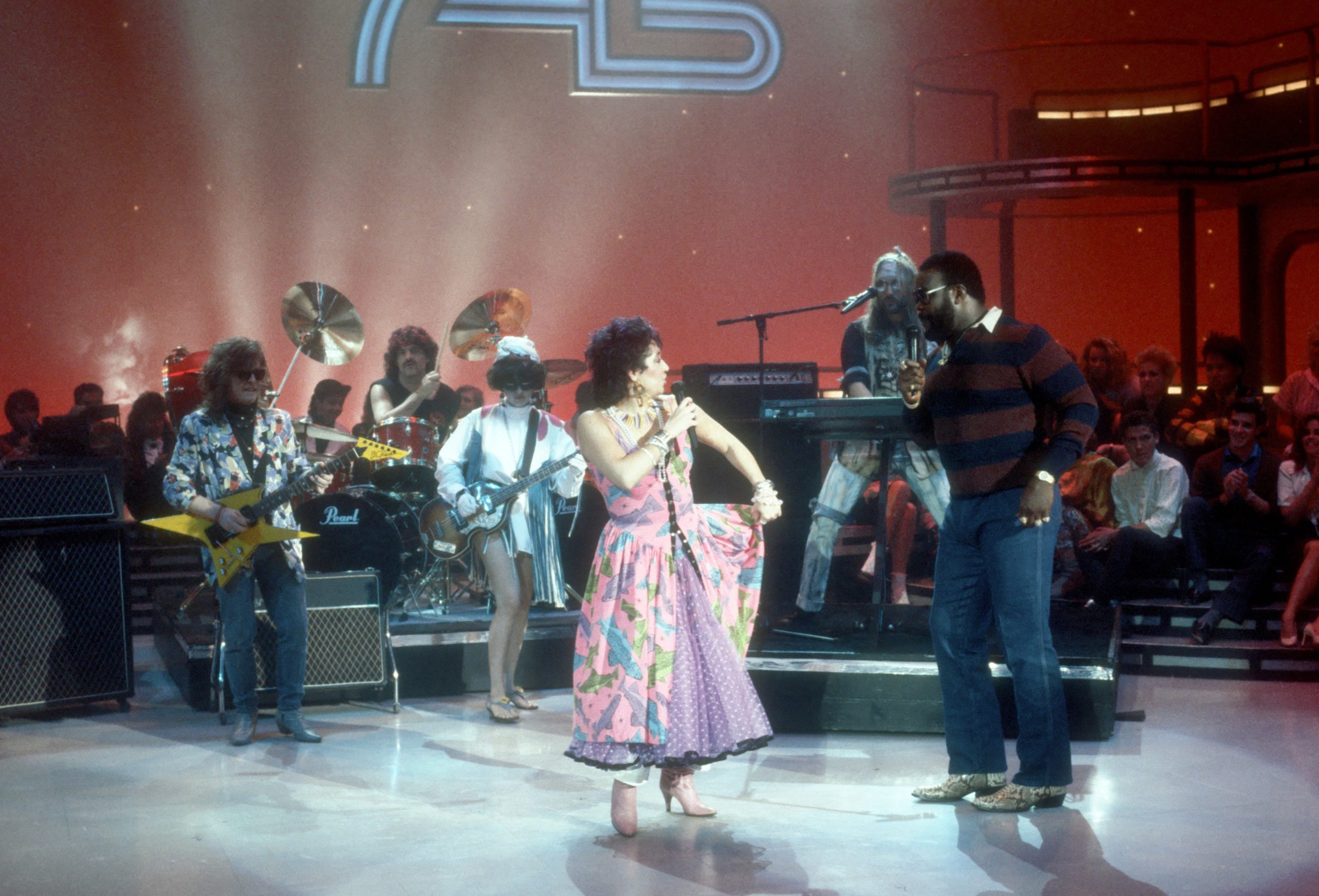
With WrestleMania, McMahon decided to combine wrestling with mainstream celebrity culture. This meant engaging with a wide range of famous people from outside the industry, including stars like Mr. T, Muhammad Ali and Cyndi Lauper. In a system later termed the Rock ‘n’ Wrestling Connection, McMahon made wrestling into an MTV-covered, pop cultural phenomenon.
WWF’s HQ relocated to Stamford, Connecticut
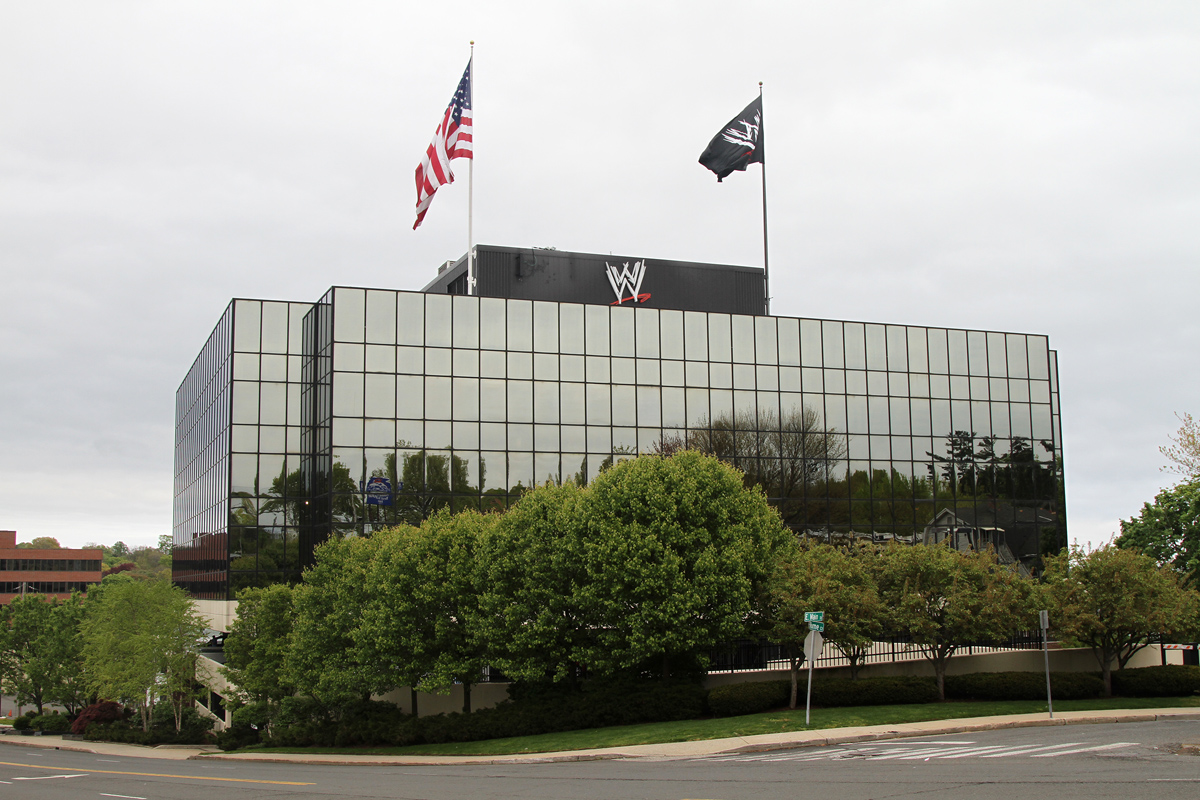
Titan Towers was the global headquarters for WWF between 1991 and 2023. This site in the bustling, finance-focused city of Stamford, Connecticut is over 8,800 metres squared in size. It was named after Titan, the parent company of WWF. On one occasion, its rooftop was used to film an opening scene for WWF Monday Night Raw.
In 1992, steroid abuse allegations damaged the brand
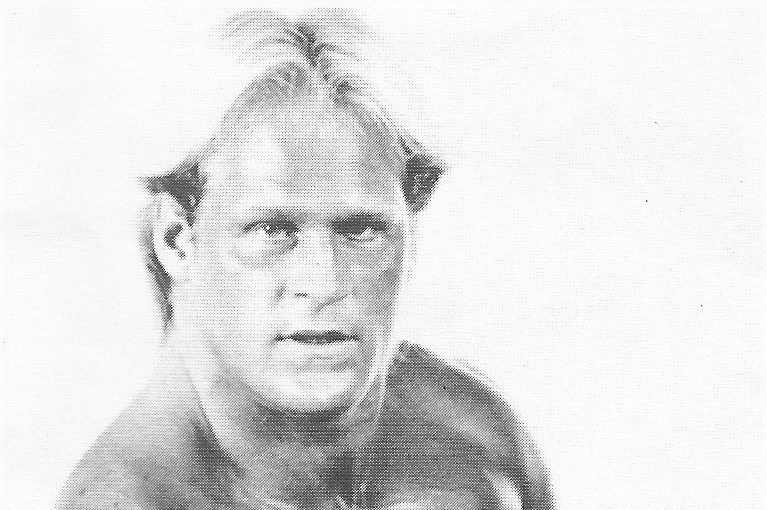
In the early 90s, McMahon was hit with a wave of allegations that he was encouraging his wrestlers to use steroids. The wrestler Nailz (pictured) was among the stars to testify against McMahon, claiming that the boss had told him, “I strongly suggest you go on the gas.” After a trial costing $5 million, McMahon was cleared of all charges.
Harassment claims emerged in the 90s
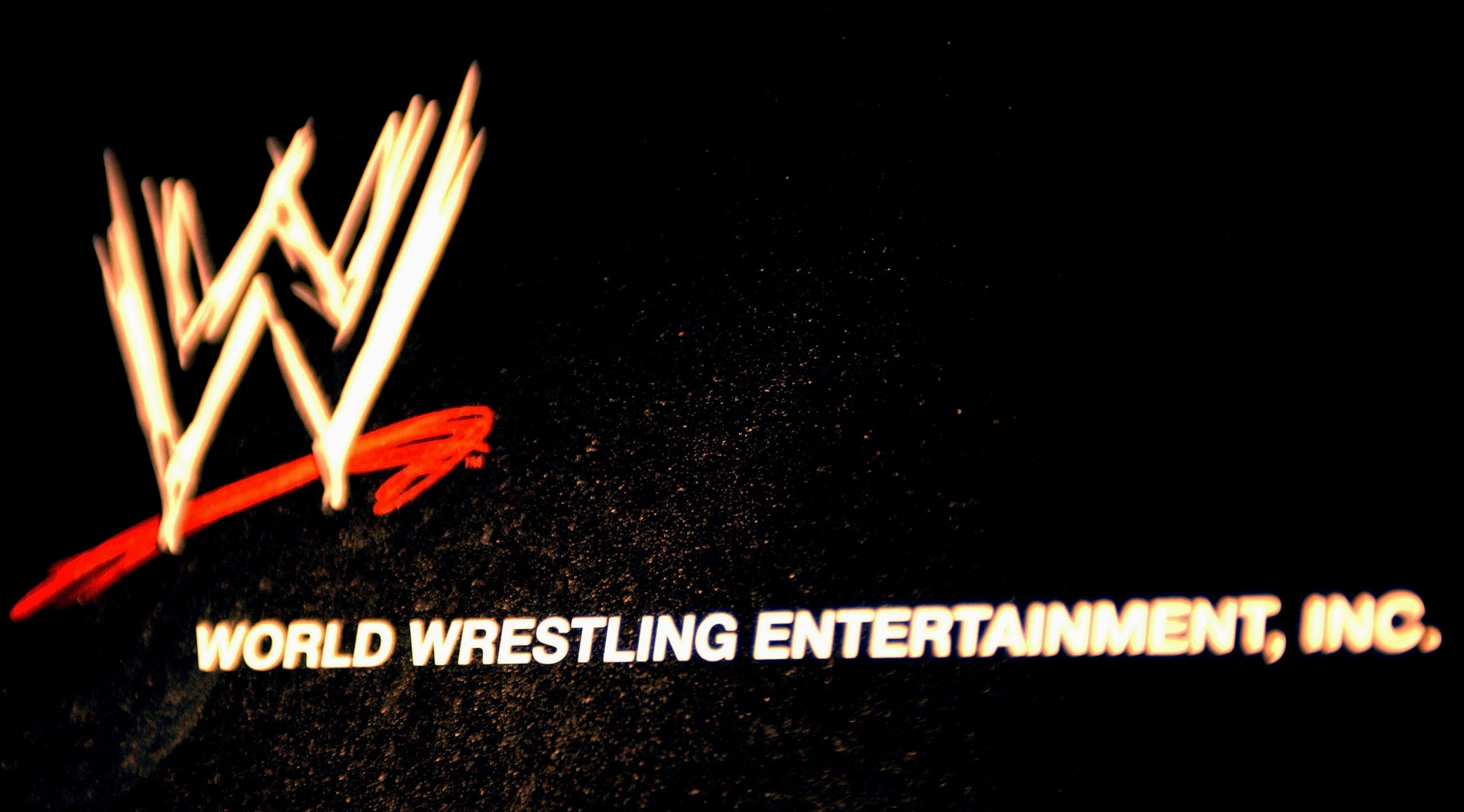
Around the same time as the steroid allegations, WWF faced another scandal revolving around sexual harassment. Two former teenage “ring boys”, or ring attendants, came forward with claims that they had been harassed and assaulted by older wrestlers. One claimed that he was fired after rejecting the advances of Canadian wrestler Terry Garvin.
Hulk Hogan walked away from WWF
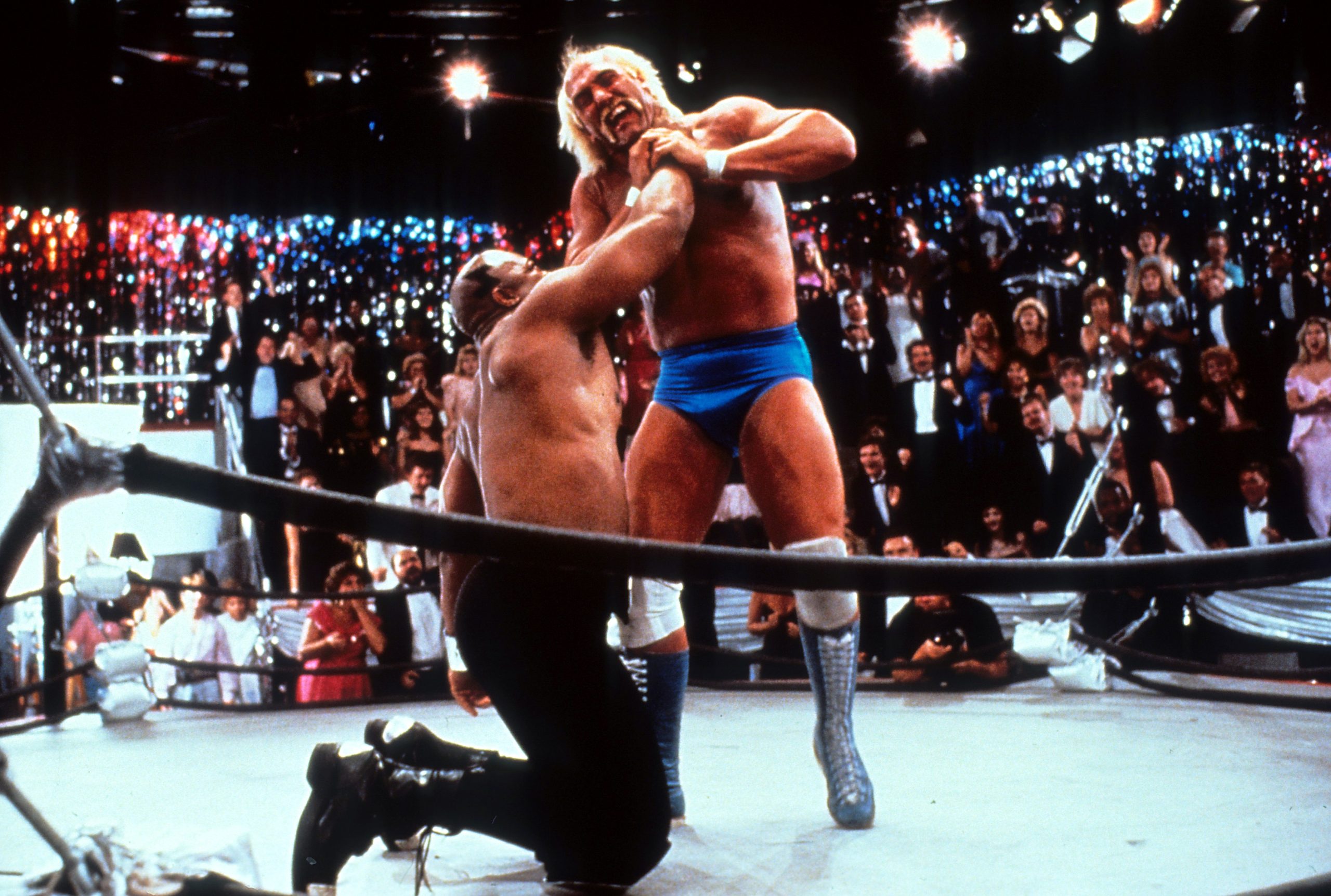
Hulk Hogan left WWF in 1993 and signed with their rival, WCW, the following year. He reportedly quit WWF amid the damaging steroid scandal and because he wanted a break to pursue acting. However, his performance in 1994’s Thunder in Paradise failed to secure him a Hollywood career, so he instead signed up with WCW.
The rise of the New Generation
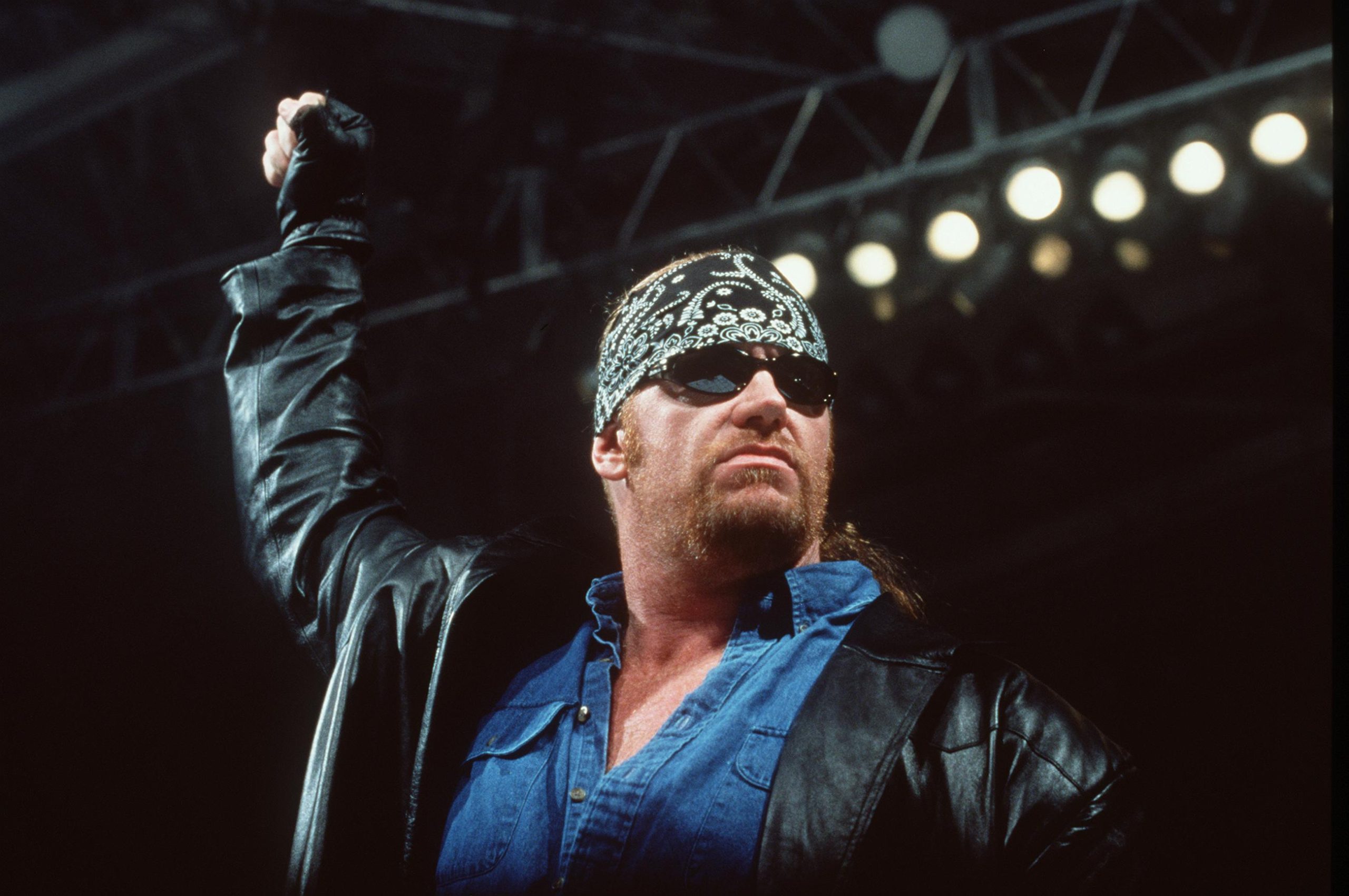
Amid the steroid and sexual harassment allegations, McMahon chose to take WWF in a new direction. He started to promote a wave of new, much younger wrestling stars, whom he later branded as the “New Generation”. This set included Bret Hart, Shawn Michaels, The Undertaker (pictured), Razor Ramon, Diesel, Lex Luger and Yokozuna.
Monday Night Raw debuted in 1993
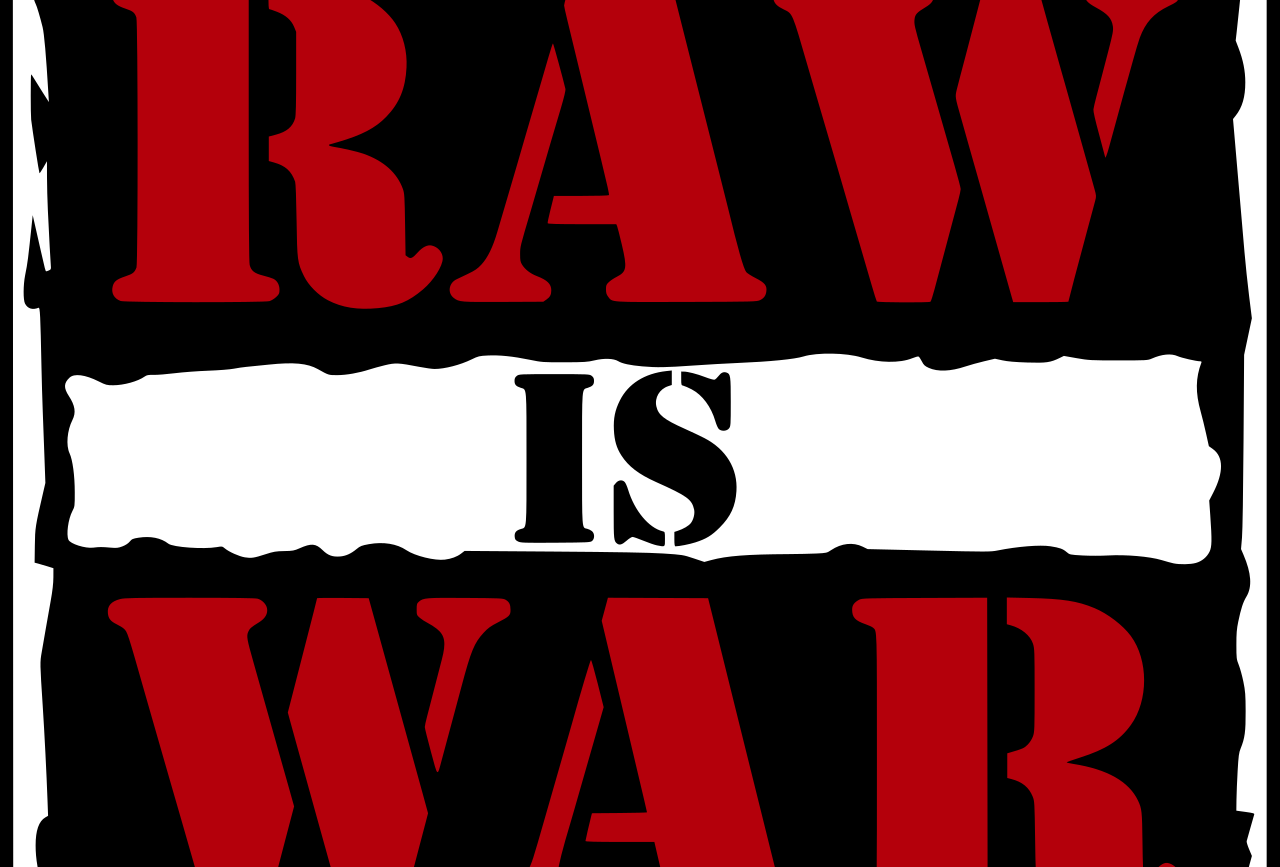
WWF’s prime-time cable show came along in 1993 and was entitled the Monday Night Raw. The TV show aired on the USA Network and was a smash hit. Across the decades, the show has aired in ten different countries. In 1999, McMahon created a second flagship show named WWE SmackDown.
Monday Night Raw and Monday Nitro battled it out on the small screen
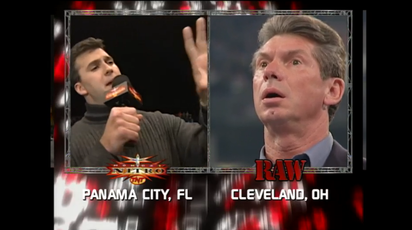
Not one to back down from a fight, WWF’s biggest rival WCW (World Championship Wrestling) began its own show, Monday Nitro, two years after the advent of Monday Night Raw. This was the beginning of a ferocious competition. In head-to-head ratings, WCW was the reigning champion from 1996 till 1998. Ultimately though, McMahon simply bought out his rival WCW in 1999.
The first woman was inaugurated at the WWF Hall of Fame in 1995
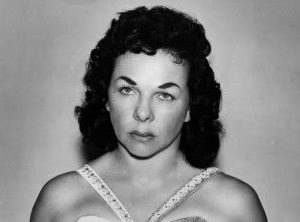
Mary Ellison, known by her ring name The Fabulous Moolah, was born in 1923. She became the NWA World Women’s Champion in 1956 and joined the WWF in the 80s, while also engaging in famous onscreen feuds and friendships with Cyndi Lauper and Mae Young. In 1995, she became the first woman ever to be honoured at the WWF Hall of Fame.
The Montreal Screwjob created a huge controversy
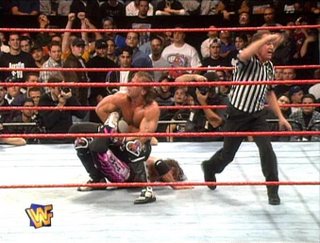
The Montreal Screwjob took place in 1997. This controversial incident took place when Shawn Michaels faced Bret Hart in the WWF Championships. McMahon secretly double-crossed his star Hart to fix the outcome of the match against him. Fans in Hart’s home nation of Canada were horrified, but McMahon took advantage of the controversy, creating for himself a villainous persona that cropped up in WWF shows.
The Attitude Era was less family-friendly
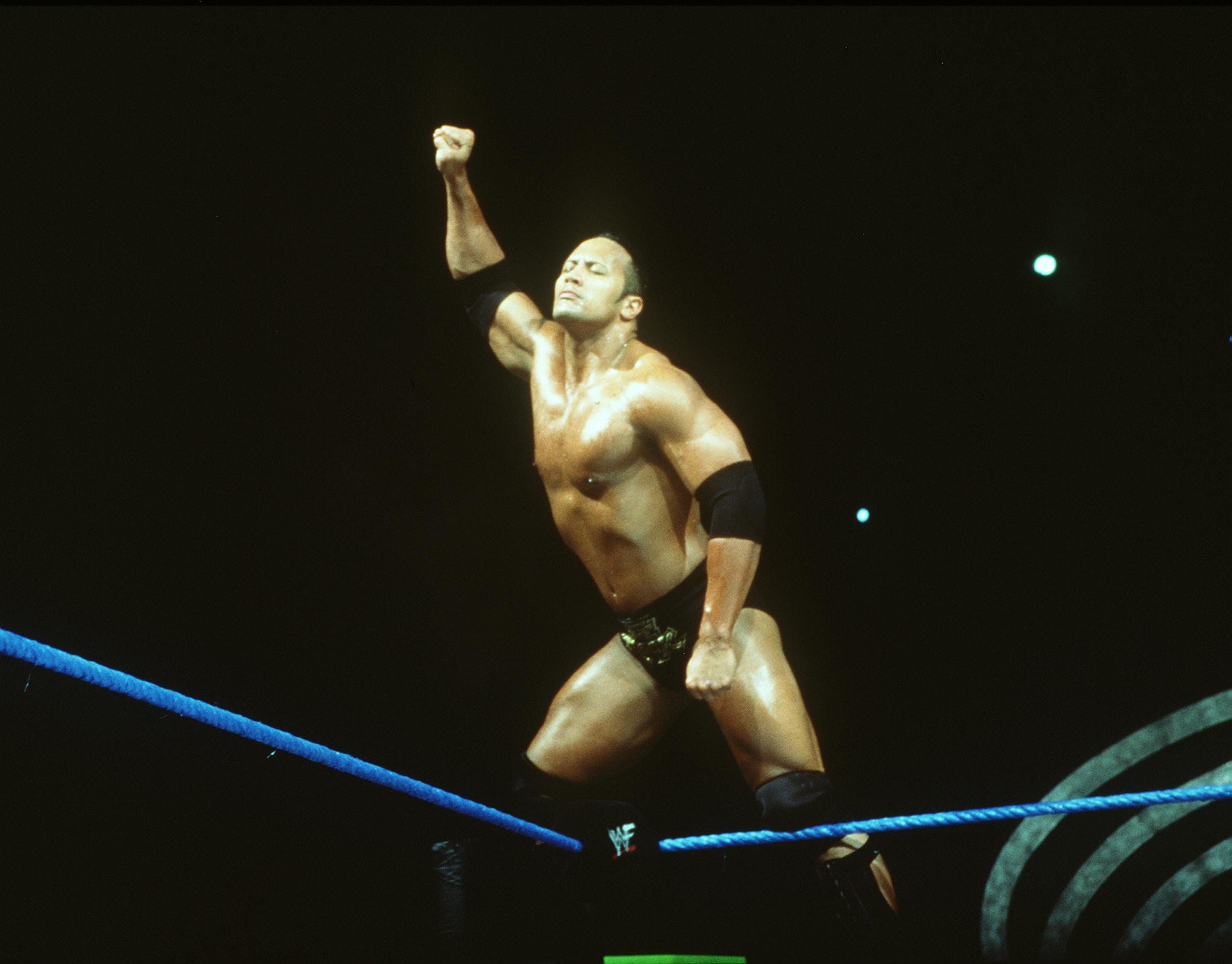
From 1997 to 2002, WWF created a new style of televised wrestling that they branded the “Attitude Era”. Shortly after the infamous Montreal Screwball, McMahon introduced a more violent period of programming, with heavy profanity and innuendo. Fans loved it and TV ratings for Monday Night Raw had never been higher.
Stone Cold Steve Austin joined the WWF
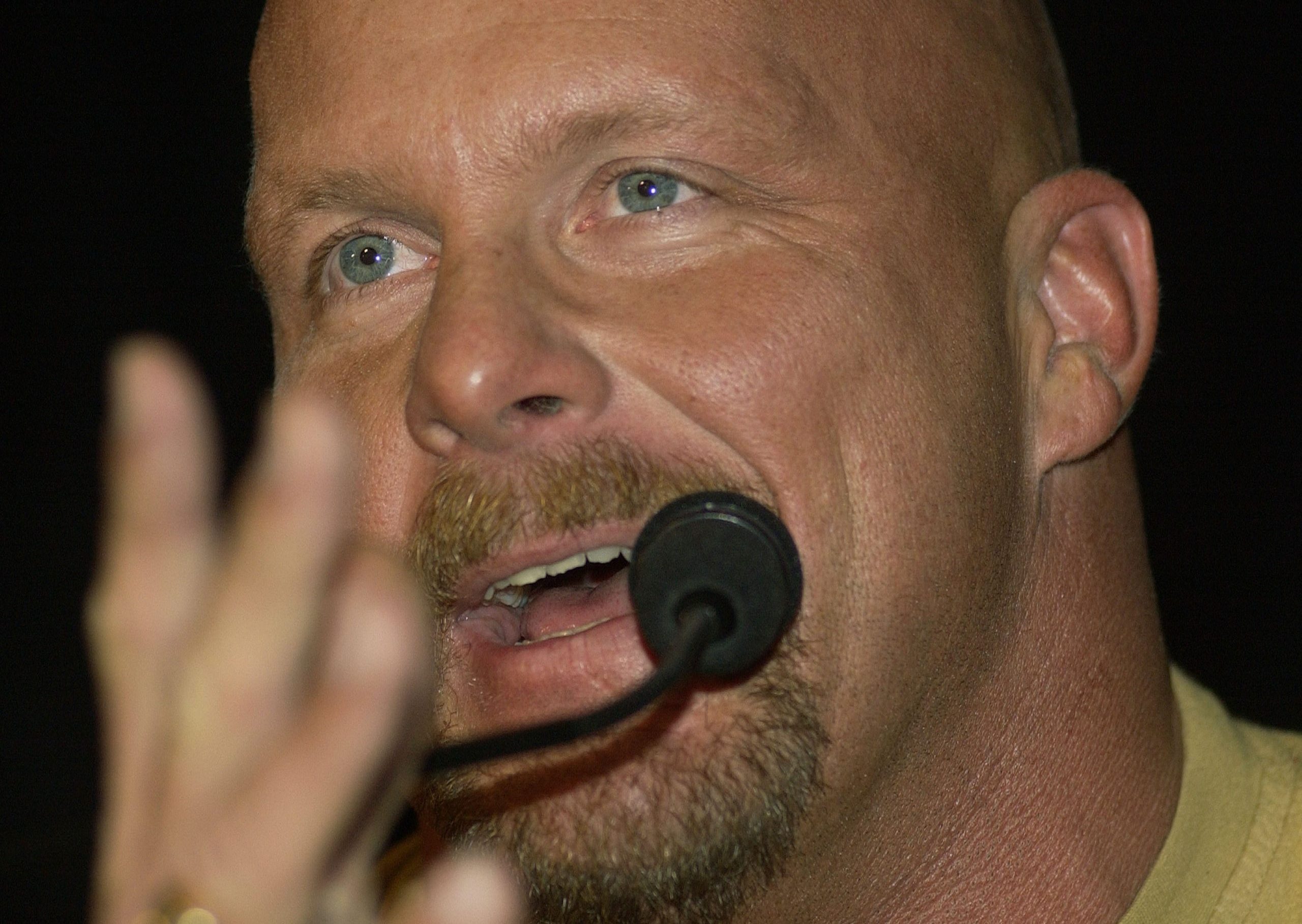
Steve Austin became a WWF star in 1995 and soon won the Million Dollar Championship. His distinct character on WWF programming was partly inspired by the real-life serial killer Richard ‘The Iceman’ Kuklinski. His ring name ‘Stone Cold’, however, came from his English wife, who once insisted that he drink up his tea before it “went stone cold”.
WWFE launched its initial public offering in 1999
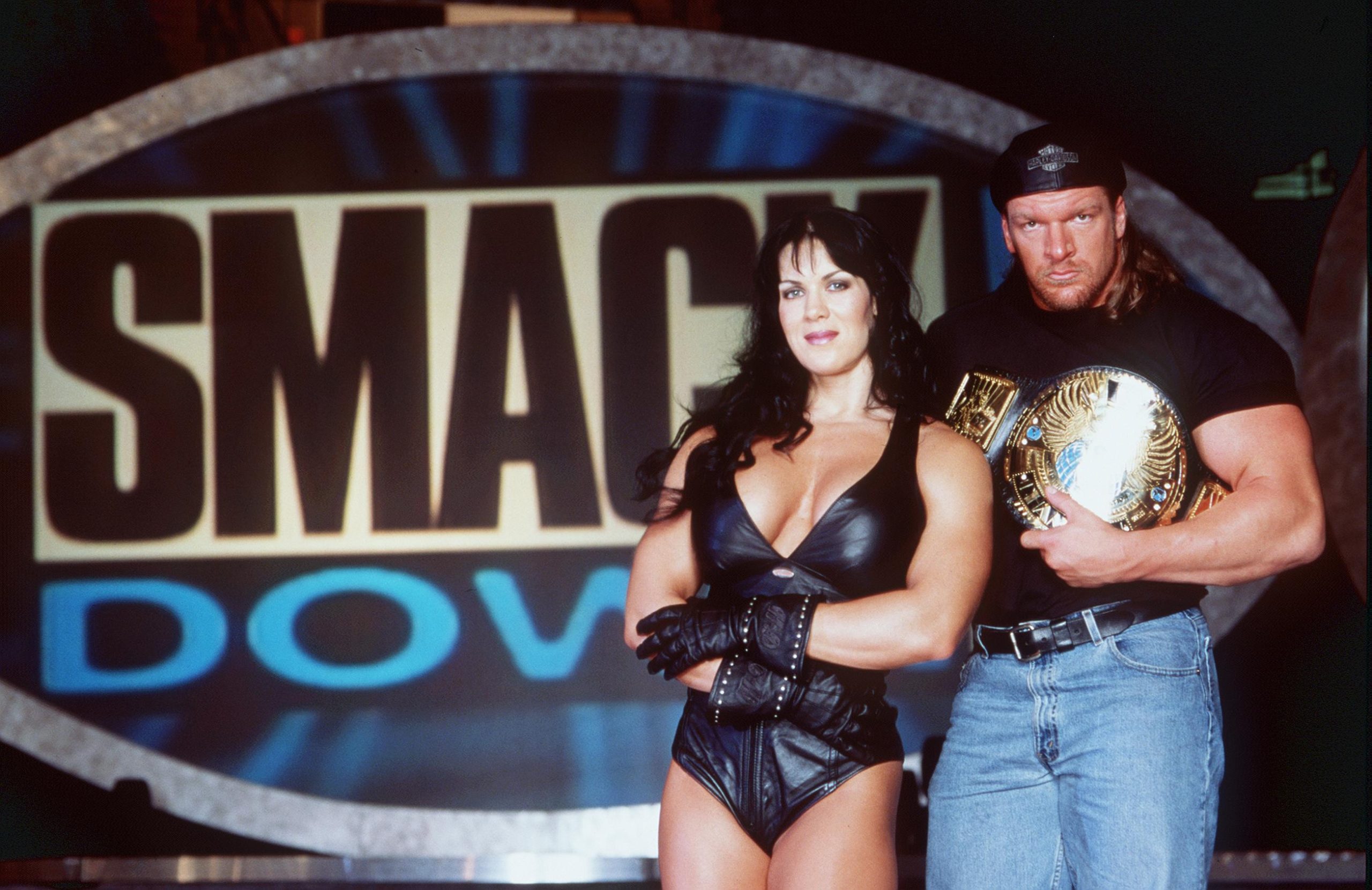
The millennium heralded big changes for many in show business, and WWF was no exception. On October 19, 1999, McMahon took the company public and launched an initial public offering on the New York Stock Exchange. The issuance of stock was valued at $172.9 million at this point in time.
WWF became the biggest wrestling promoter in the world
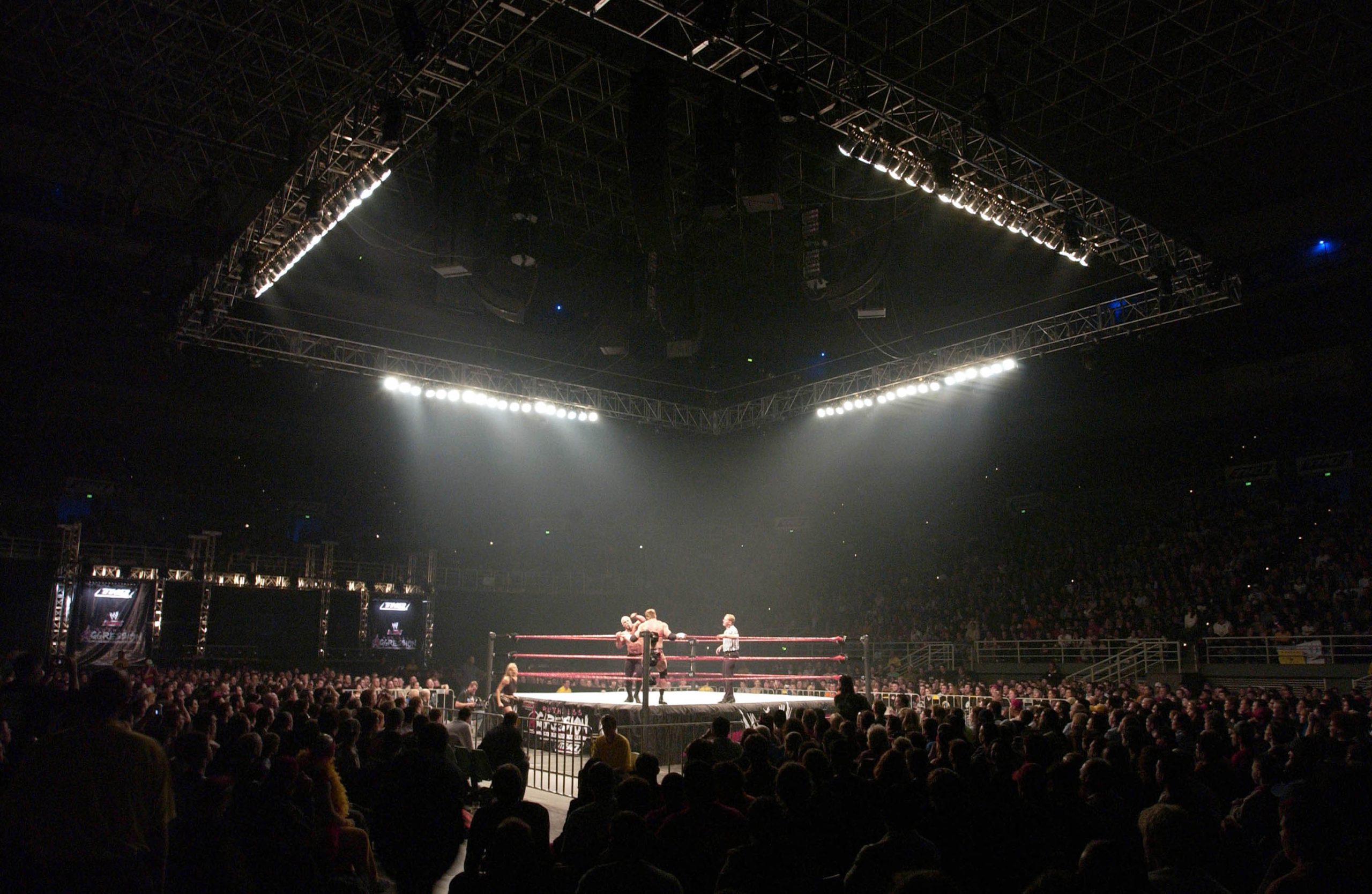
Thanks to the success of the Attitude Era, WWF became the undisputed leader in wrestling promotion by the end of the century. In 2001, McMahon finally bought his rival, WCW, for an estimated $7 million, making WWF the biggest wrestling promoter in the world. Today, WWE has offices across Europe, North America, India and the Middle East. Its programming can be viewed in over 1 billion homes worldwide.
McMahon tried to build a football league named XFL
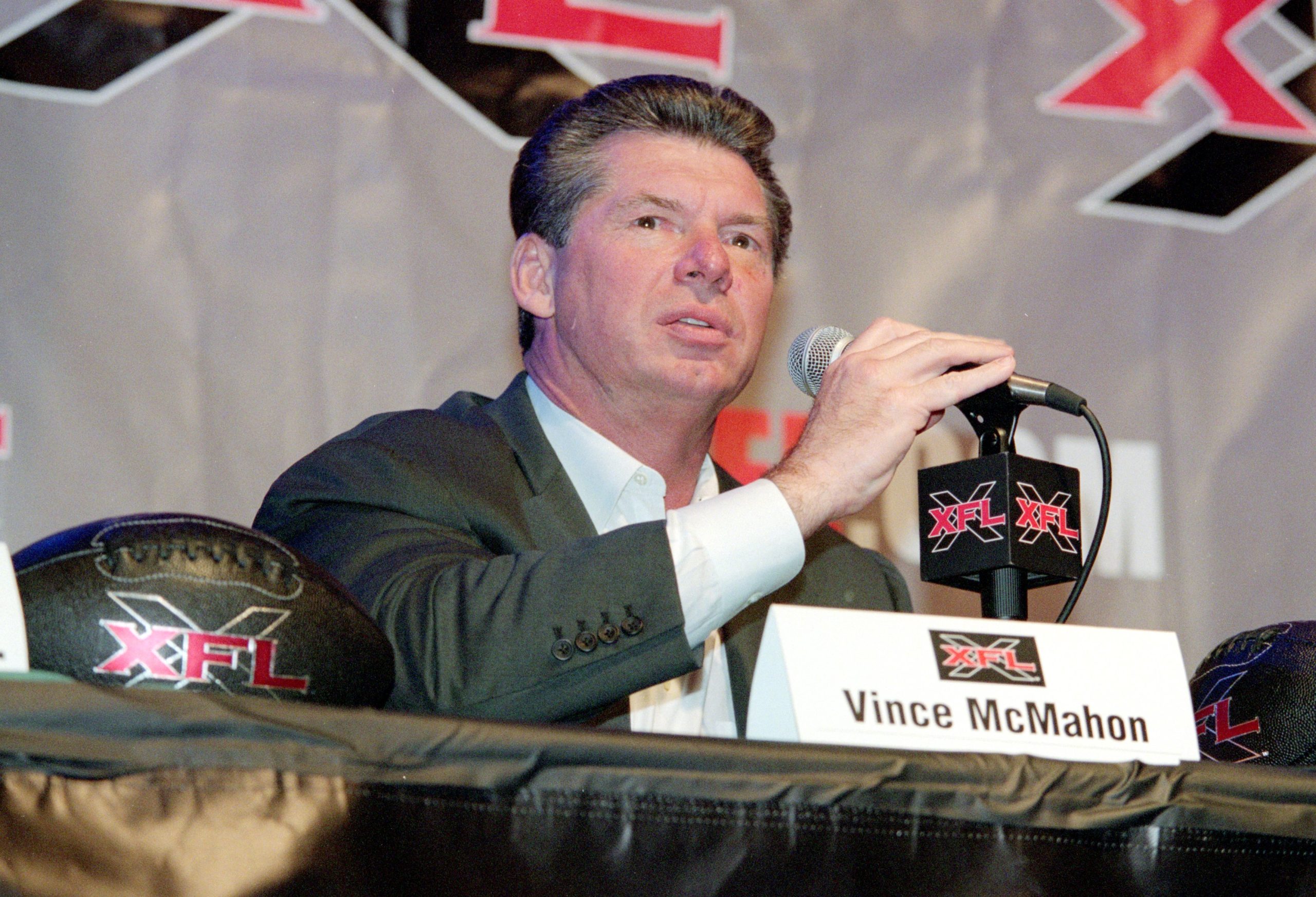
While many of McMahon’s wrestling enterprises have met with great success, he was less fortunate in the world of American football. In 2001, he created a football league named XFL in partnership with NBC. The league survived for only one season and was criticised for its poor quality of play.
WWF lost a lawsuit to the World Wildlife Fund and changed its name
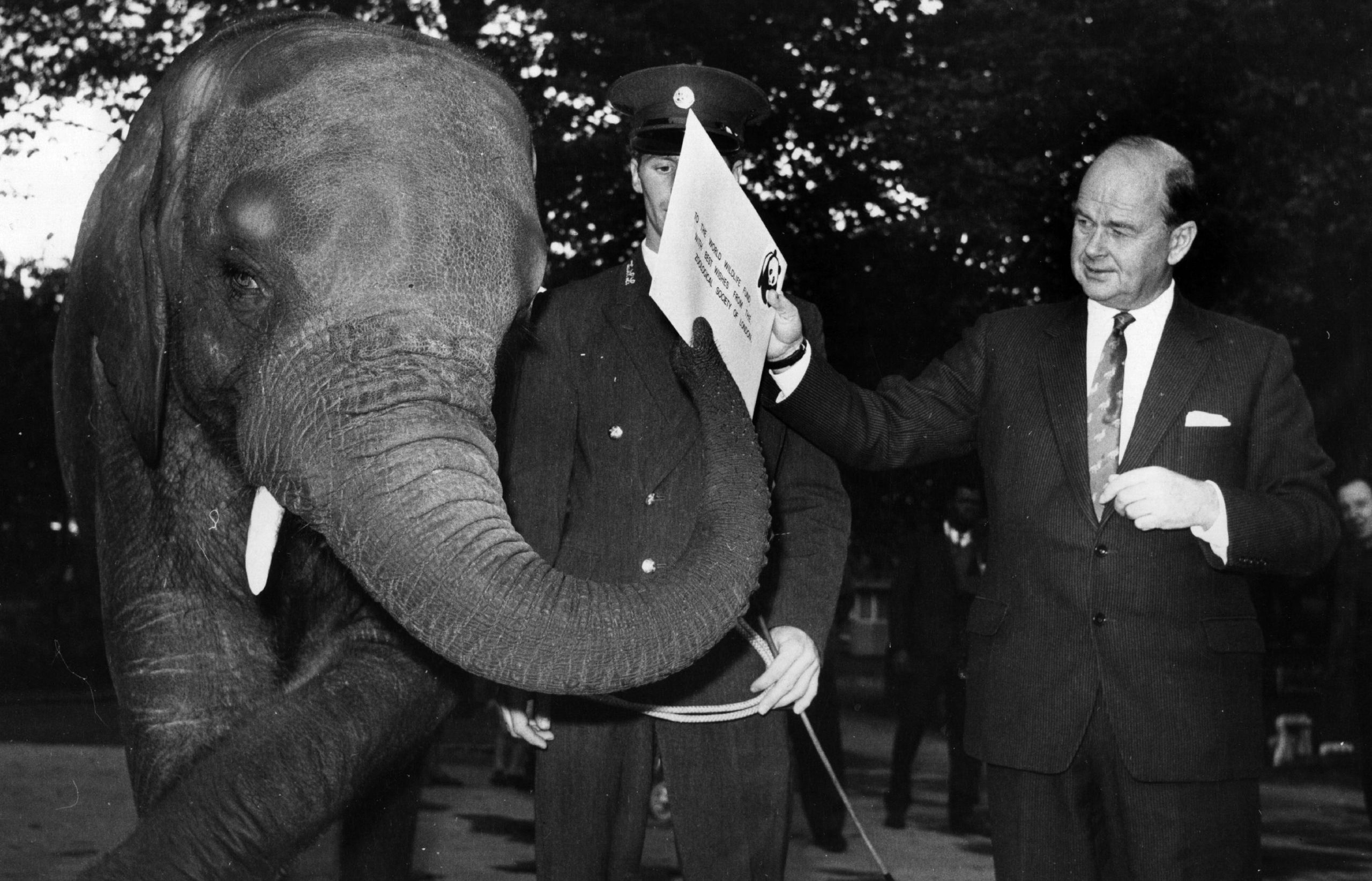
Despite its size and influence, in 2002 WWE lost a lawsuit to a different organisation with the same acronym. The World Wildlife Fund succeeded in stripping the wrestling promoter of the WWF trademark, and so McMahon renamed his company World Wrestling Entertainment (WWE), a title that remains to this day.
The brand got a PG rating
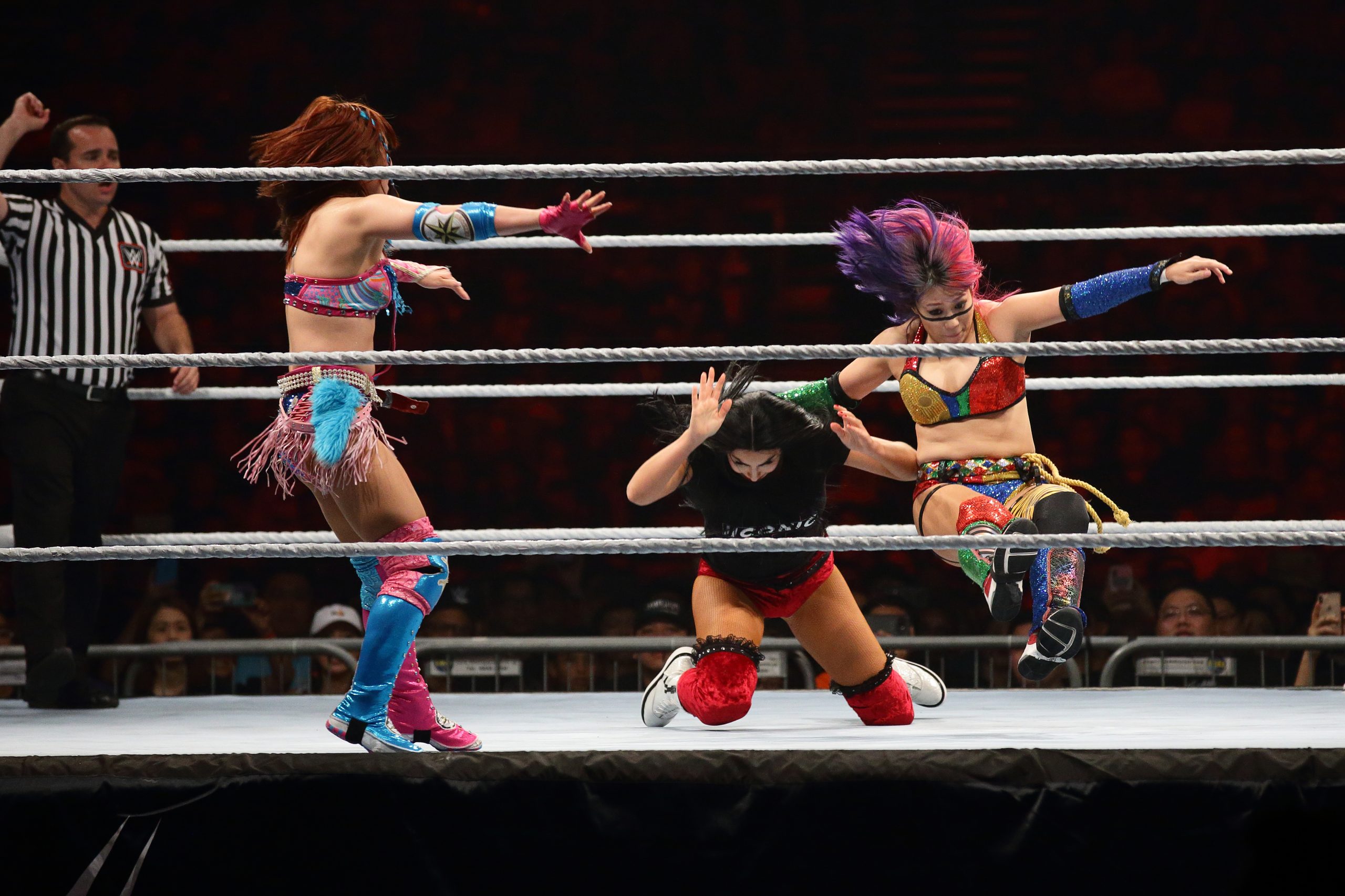
WWE rebranded itself as a family-friendly business in 2006, and achieved a PG rating for its TV brands in 2008. This decision was taken to boost sales and encourage long-time fans of wrestling to allow their children to engage with the sport. Violent antics and graphic threats became a thing of the past, at least during on-screen moments.
WWE built a medicine and training facility in Florida

The WWE Performance Center in Orlando, Florida, was built in 2013, boasting a holistic approach to training a new generation in wrestling. This school trains recruits not only in wrestling but also in character development, showmanship and sports medicine. A second branch was opened in Enfield, London in 2019.
WWE women went from ‘Divas’ to ‘Superstars’
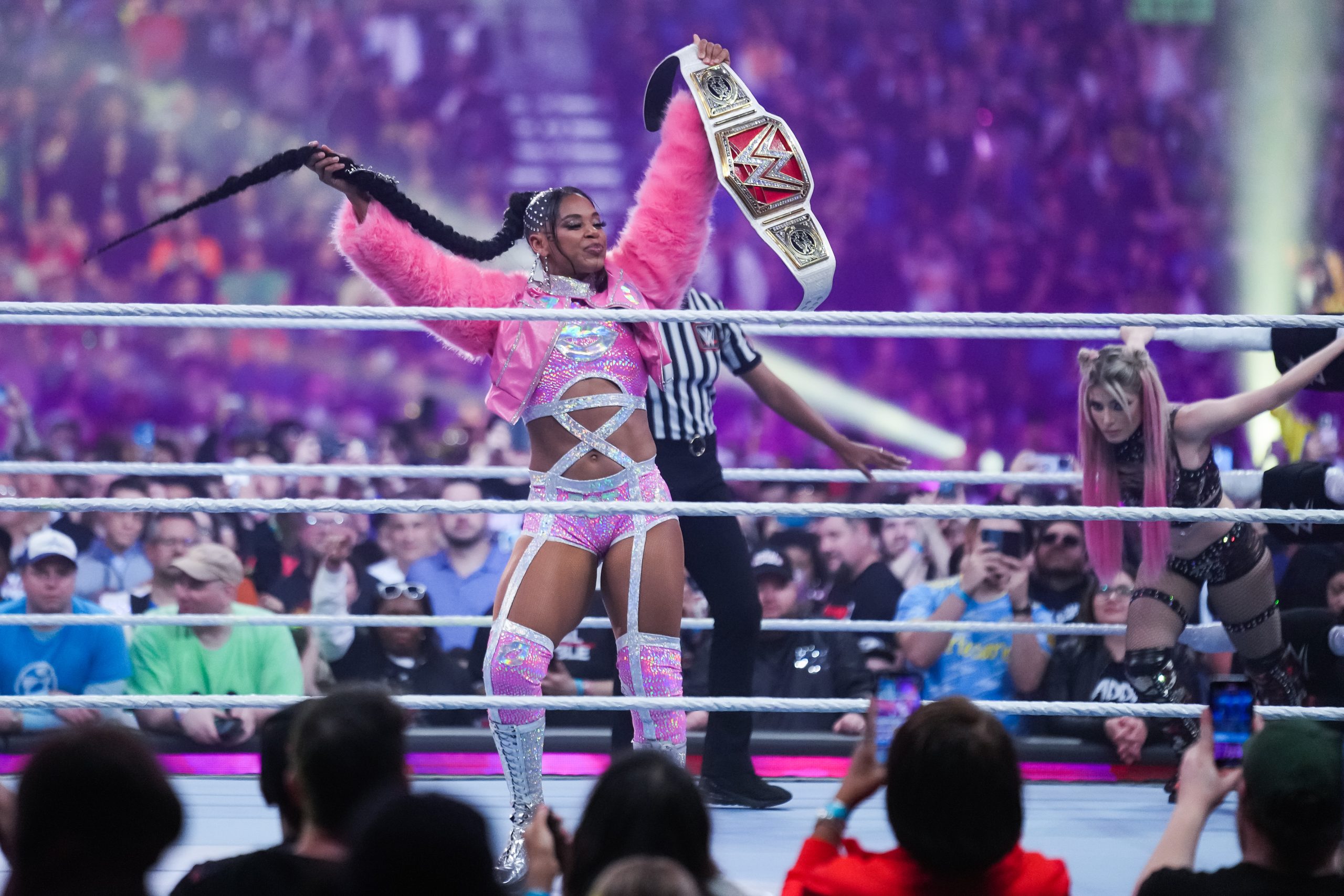
Originally, all women who worked for WWE were known as ‘Divas’ – whether they worked as reporters, announcers or wrestlers. This, coupled with women’s extremely brief air time and second-class treatment, fuelled calls for a change in the 2010s, when WWE women fought for and won the right to be termed ‘Superstars’ like their male counterparts.
Roman Reigns became their top merch seller in 2017
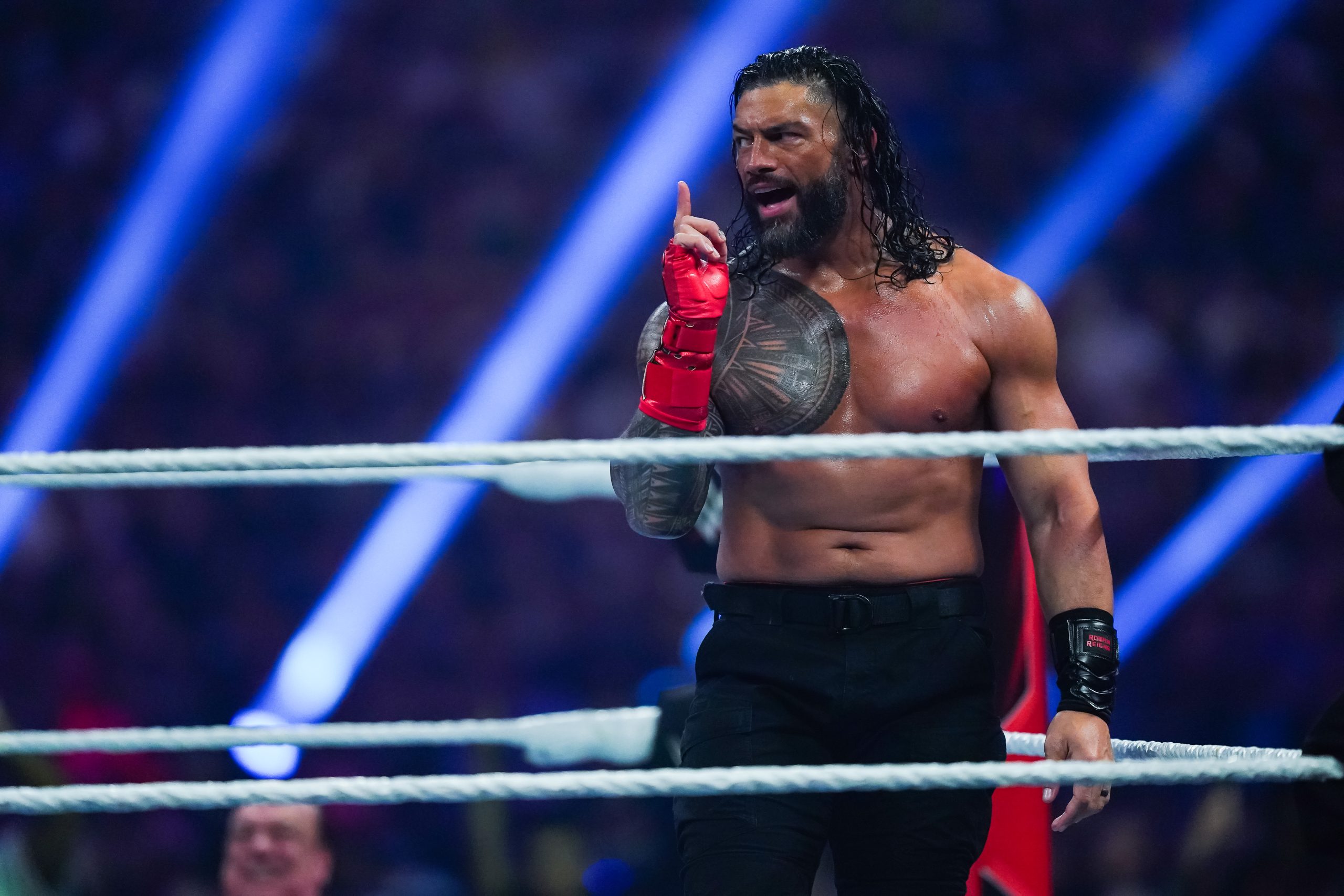
Roman Reigns is a current WWE Universal Champion and happens to be the brand’s biggest merchandise seller. Born in 1985, he comes from the Samoan Anoa’i family of wrestlers and is a distant cousin of Dwayne ‘The Rock’ Johnson. Reigns has said that his all-time wrestling hero is WWF icon Bret Hart.